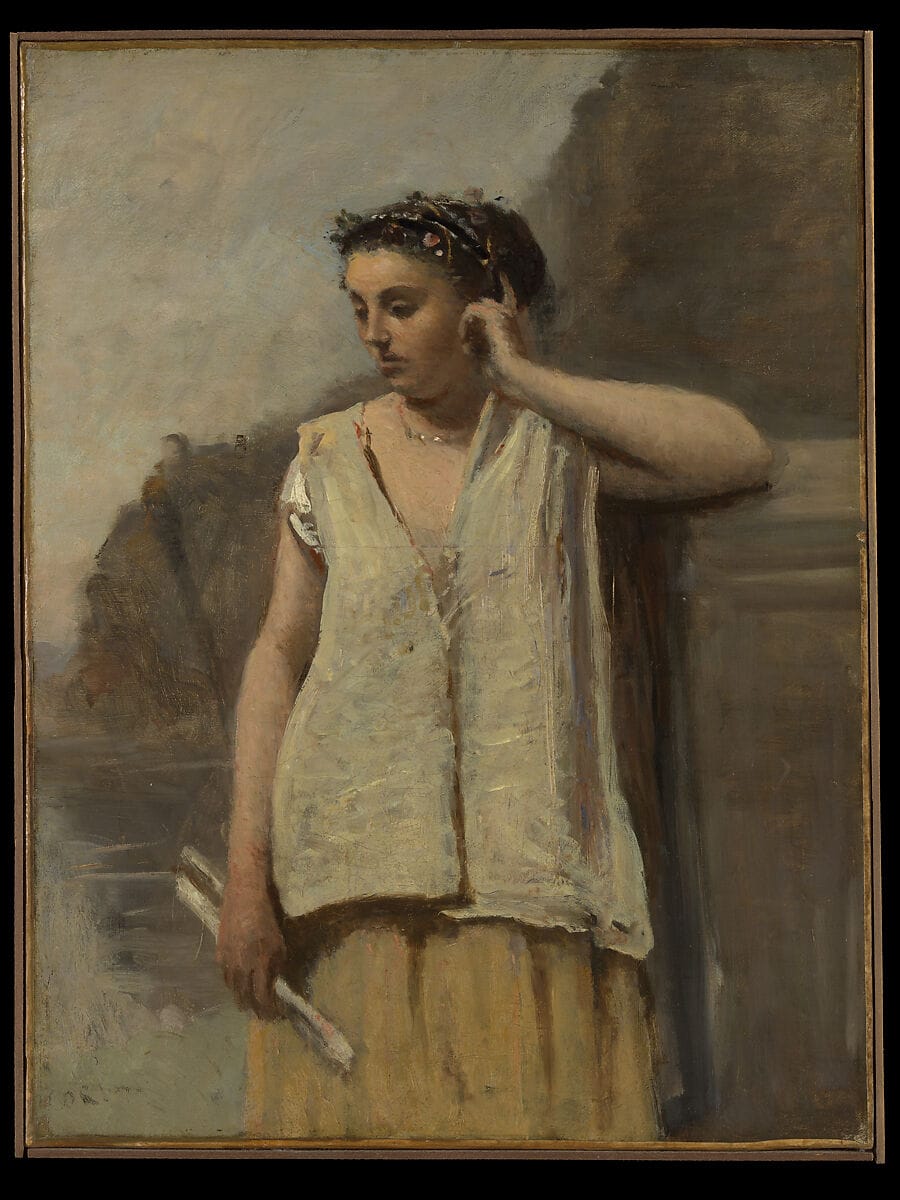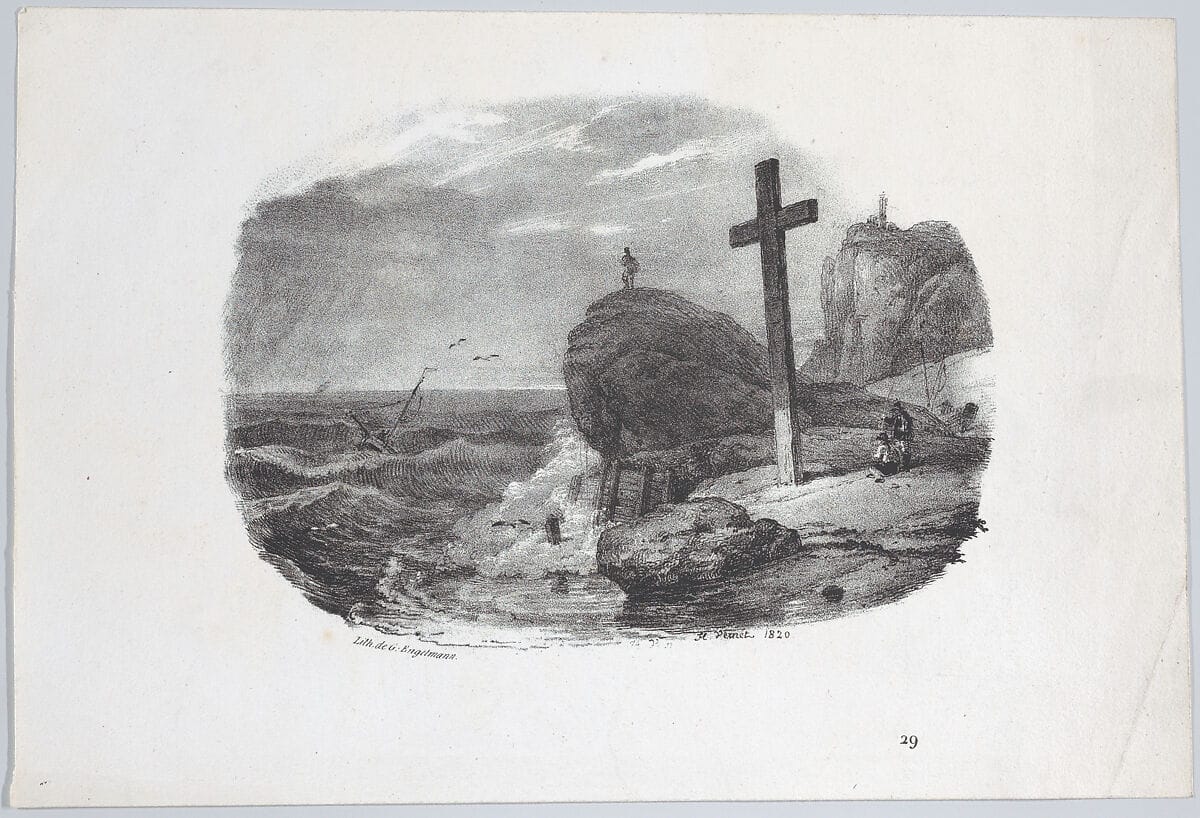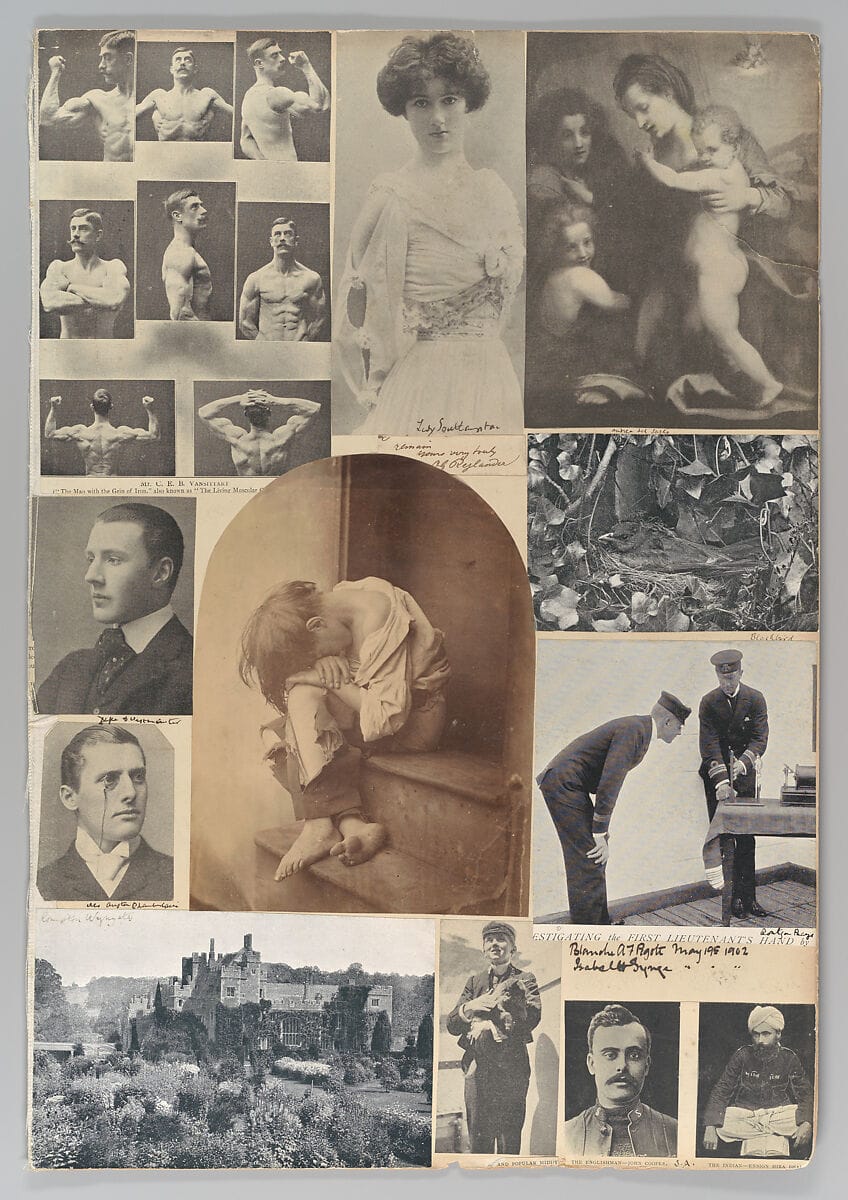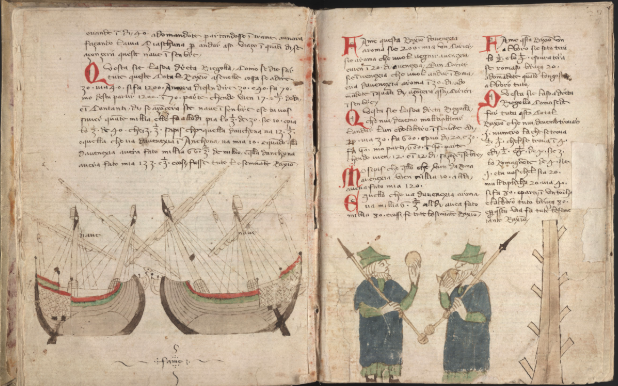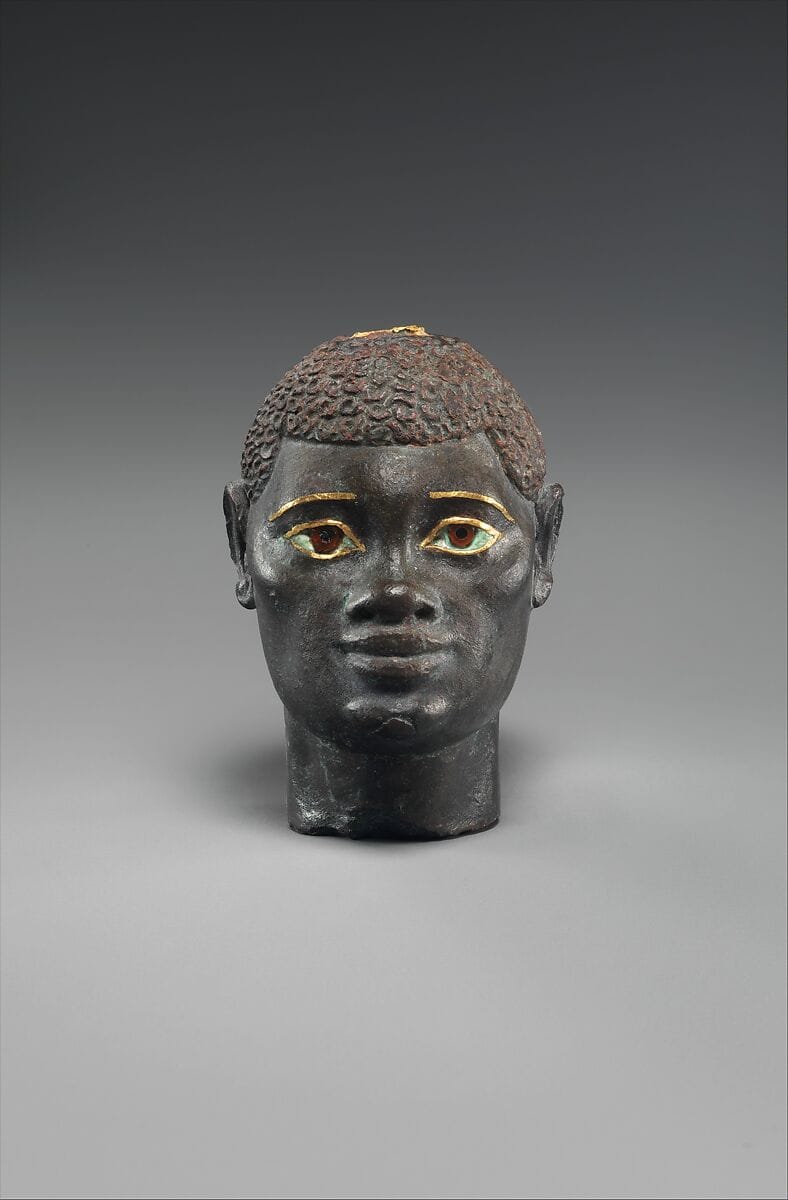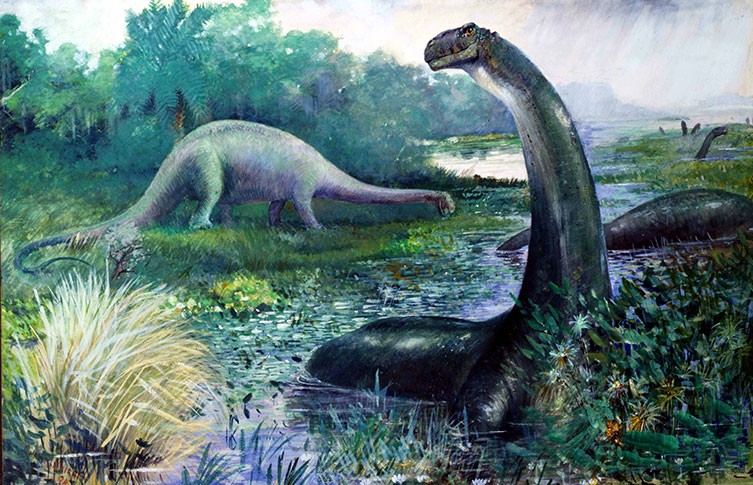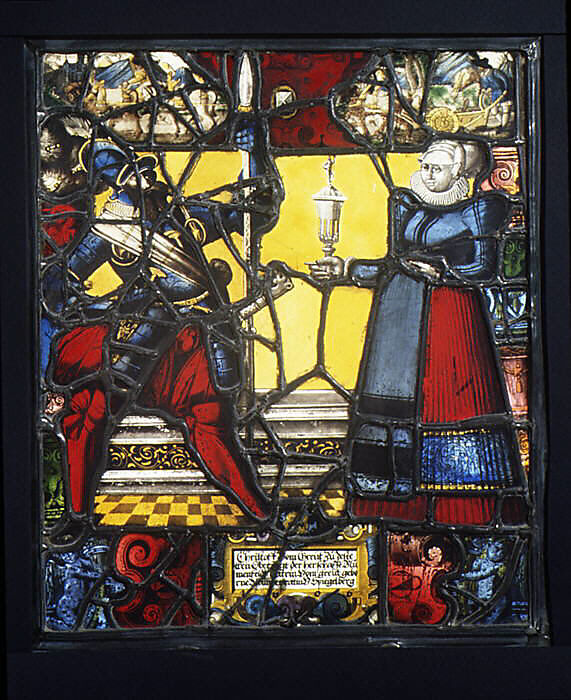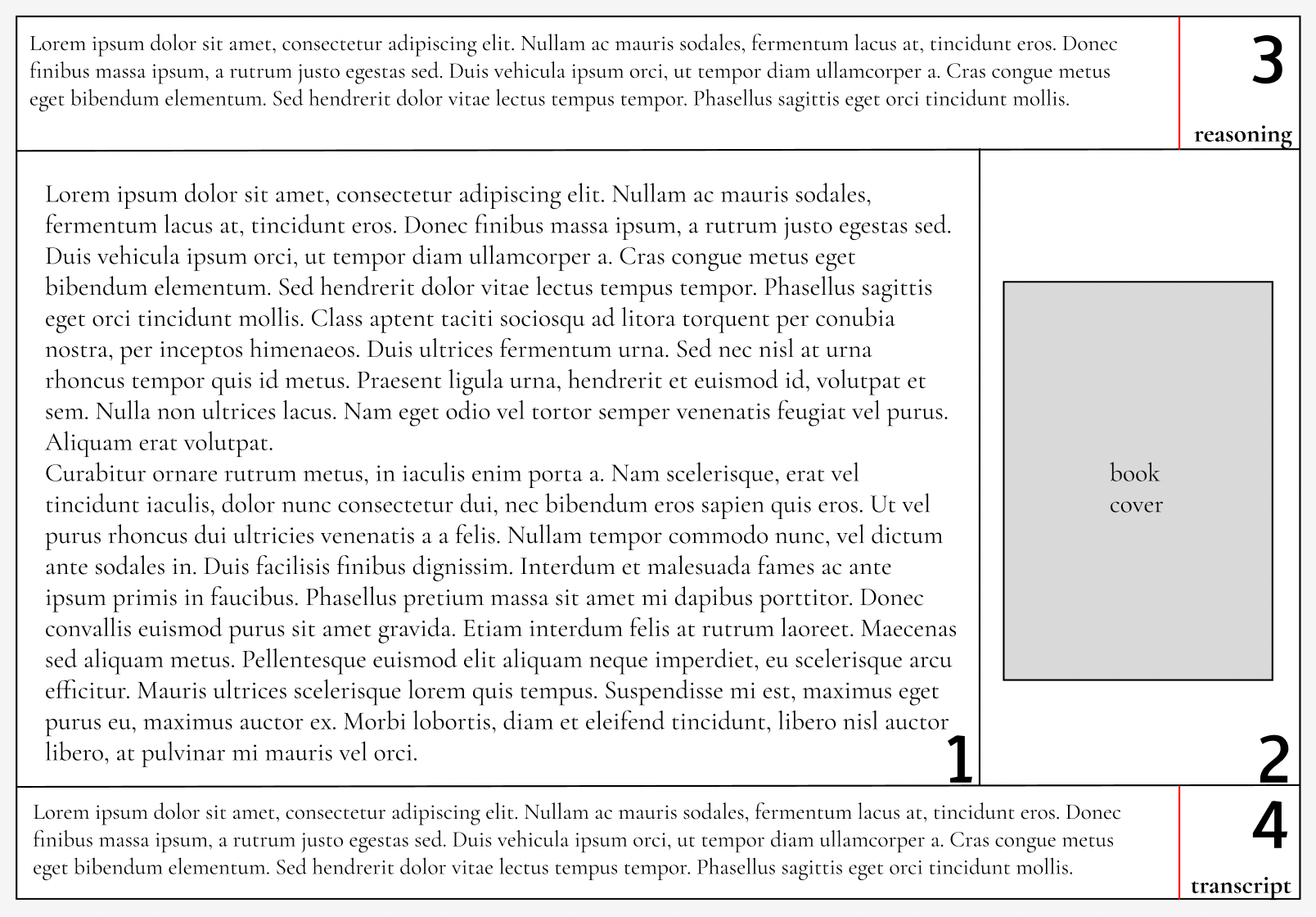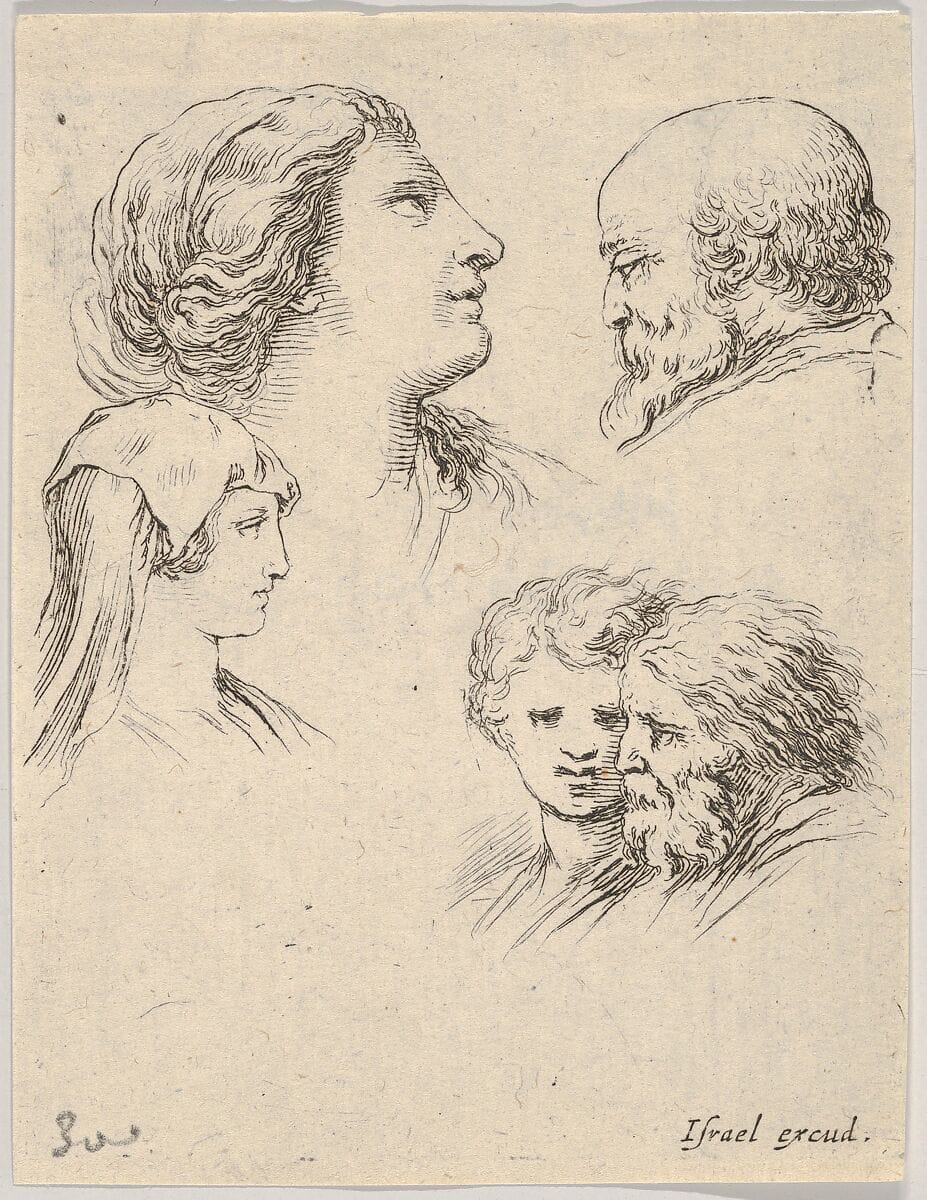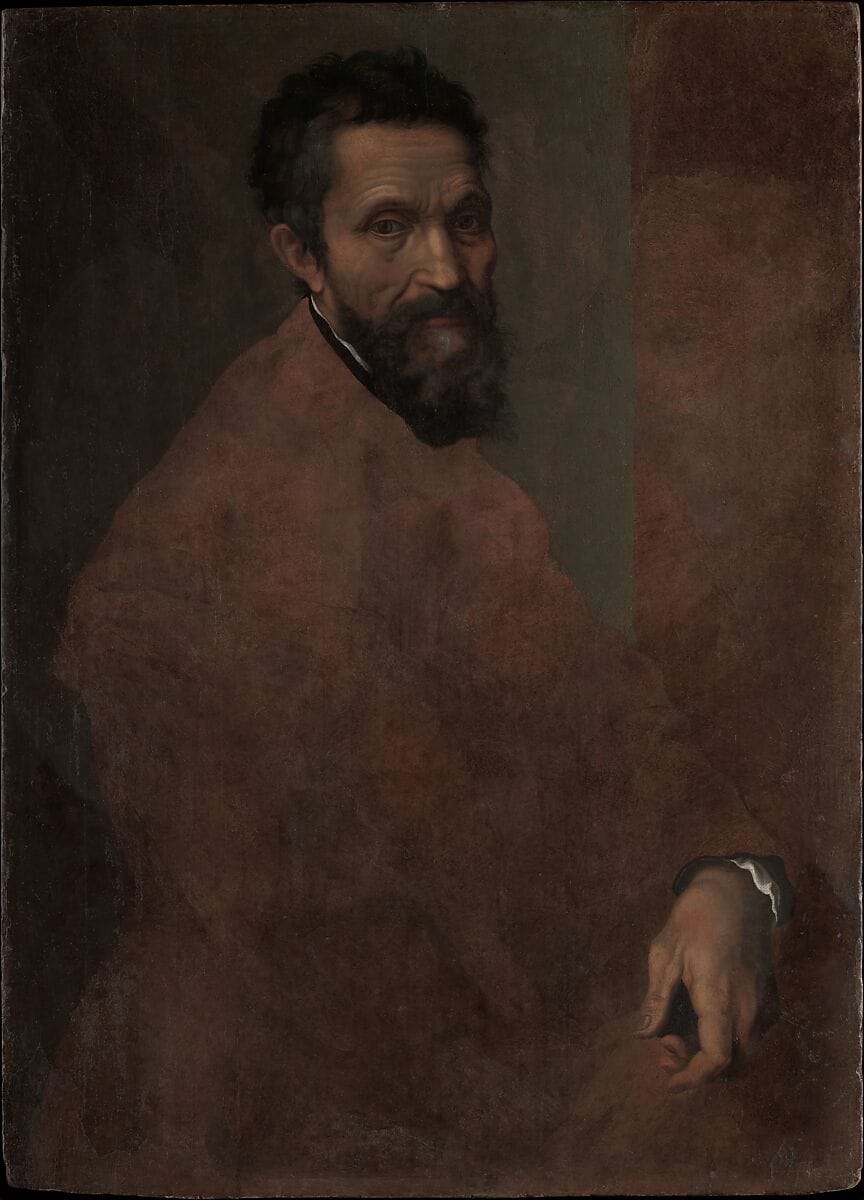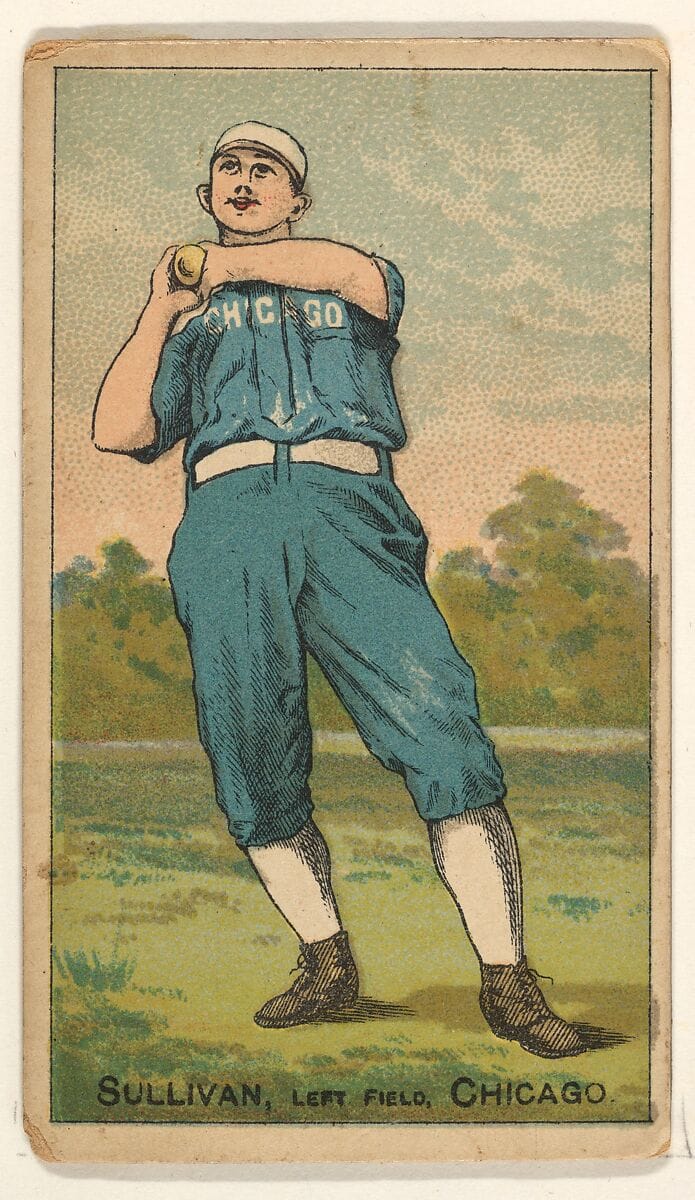Week of April 26, 2024
ft. Chris. P Bacon
Movies

Code
Images

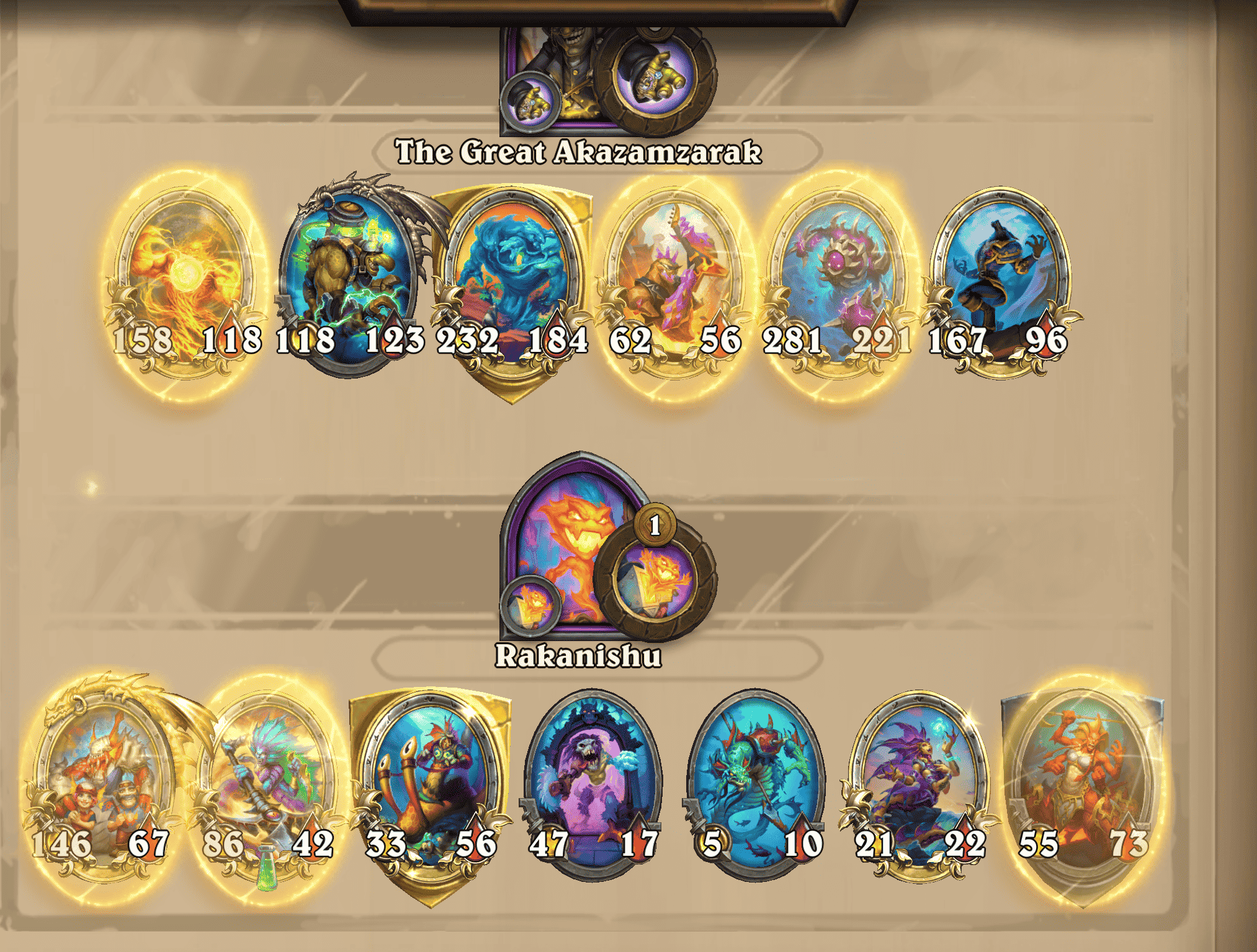

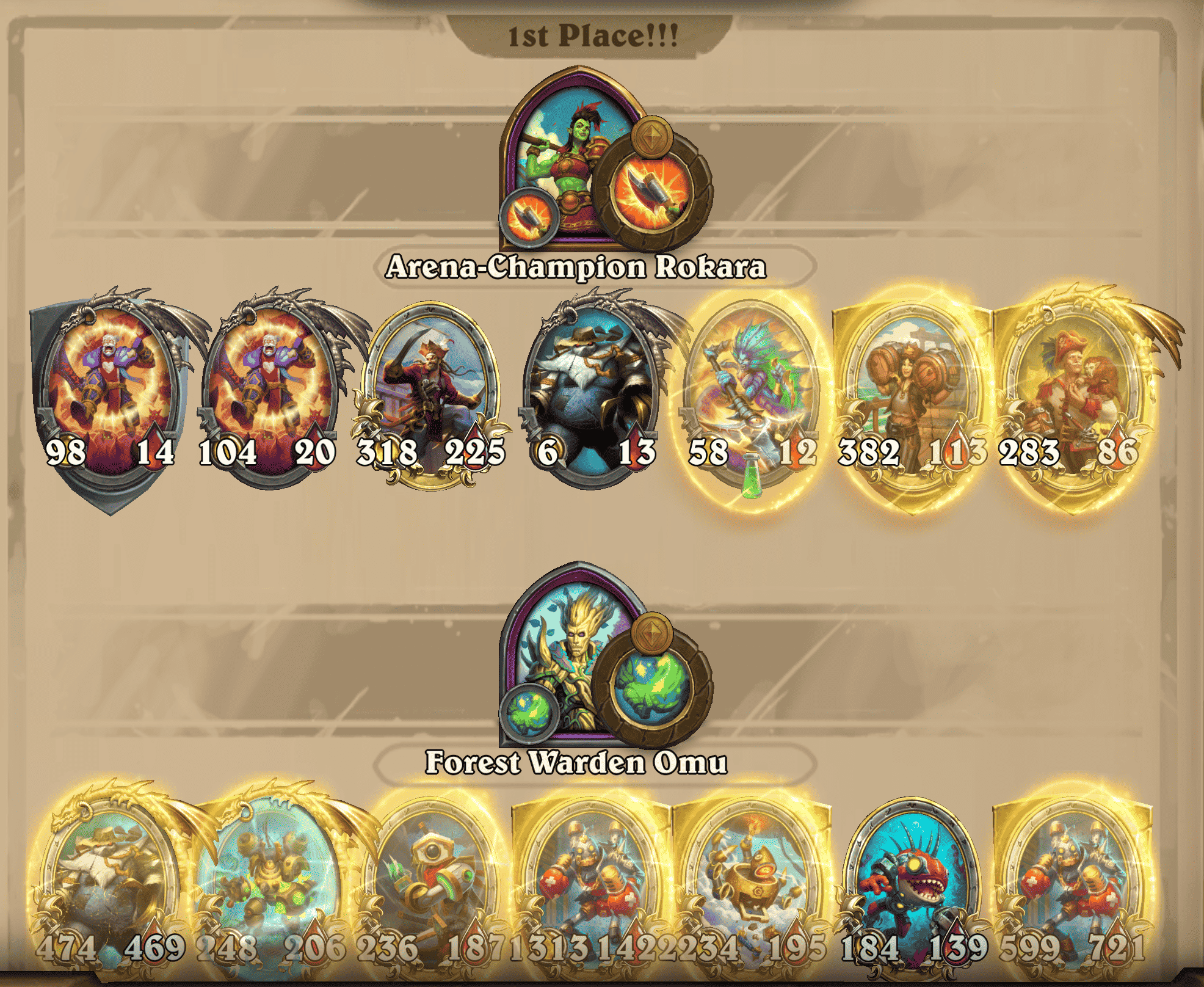
Tweets
sometimes it’s a good app pic.twitter.com/bk3x0HDIWq
— rachel (@rachelmillman) April 24, 2024
— Philosophy memes 🥀 (@Philosophymeme0) April 24, 2024
— 🕐HOURLY🕑 shitpost (@hourly_shitpost) April 22, 2024
— Awful Taste But Great Execution (@AwfulButGreat) April 22, 2024
this is one of my favorite videos ever pic.twitter.com/kKKMAyVBvY
— humans without context (@HumansNoContext) April 22, 2024
— 🕐HOURLY🕑 shitpost (@hourly_shitpost) April 22, 2024
Music
Videos
- Cars are getting dumber
- How To Make A CPU
- The Worst Type of Pet Owner (Family Guy)
- UFOs: Last Week Tonight with John Oliver (HBO)
- AI Plays Wordle
- Hashirama Depressed Moments
- Hashirama finds out Tsunade is the fifth hokage Naruto shippuden 366
- White-suited Ninja on the ceiling
- Putting nothing but dirt in a jar, THIS happened
- Everything Wrong with the Harry Potter Universe
- Chris P Bacon news anchor reporter looses control laughs at name of pig
- When the Rapper Dissing You Has Too Much Information
- Turning styrofoam into cinnamon candy
- The Not-Fun-Part of Farming
- Kangaroo Attacks a Tourist - Ozzy Man Reviews
- Is It Too Late? Pro-AI vs Anti-AI | Middle Ground
- Ozzy Man Reviews: Speedboat Crash
- Family Guy Party Bus Speed Boat Accident
- Threatening use of Quotation Marks
- Mini Essays: The Ultimate Learning Tool
- Top 10 Strongest Dragon Ball Characters (The Finale)
Week of April 19,2024
what i thought was interesting this week: vannevar bush, suzume, killua v tanks, fan fiction anime metal, travis scotts fall, ai music, neat ghost feature learned by mistake, more!
Books

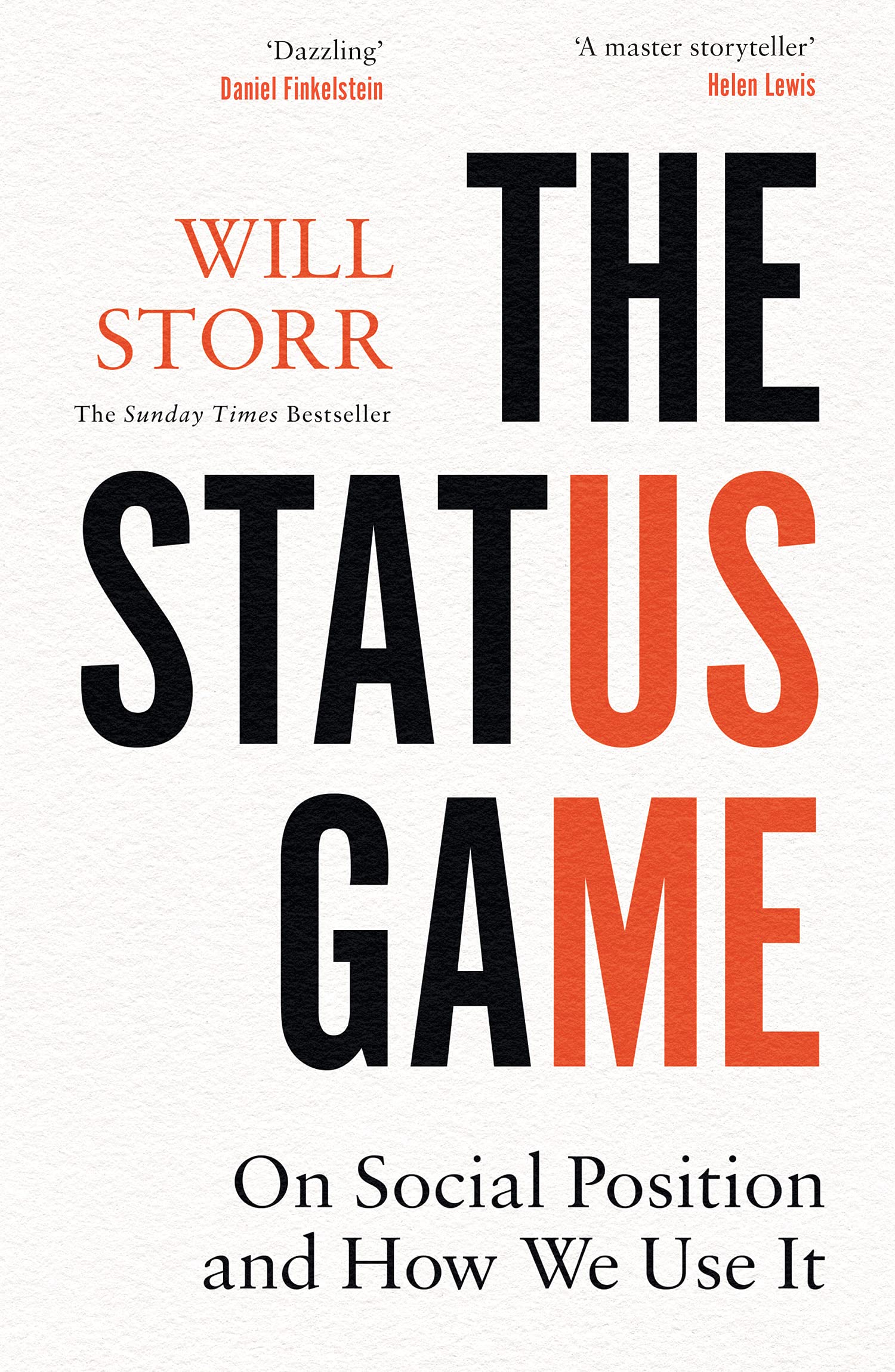
Movies



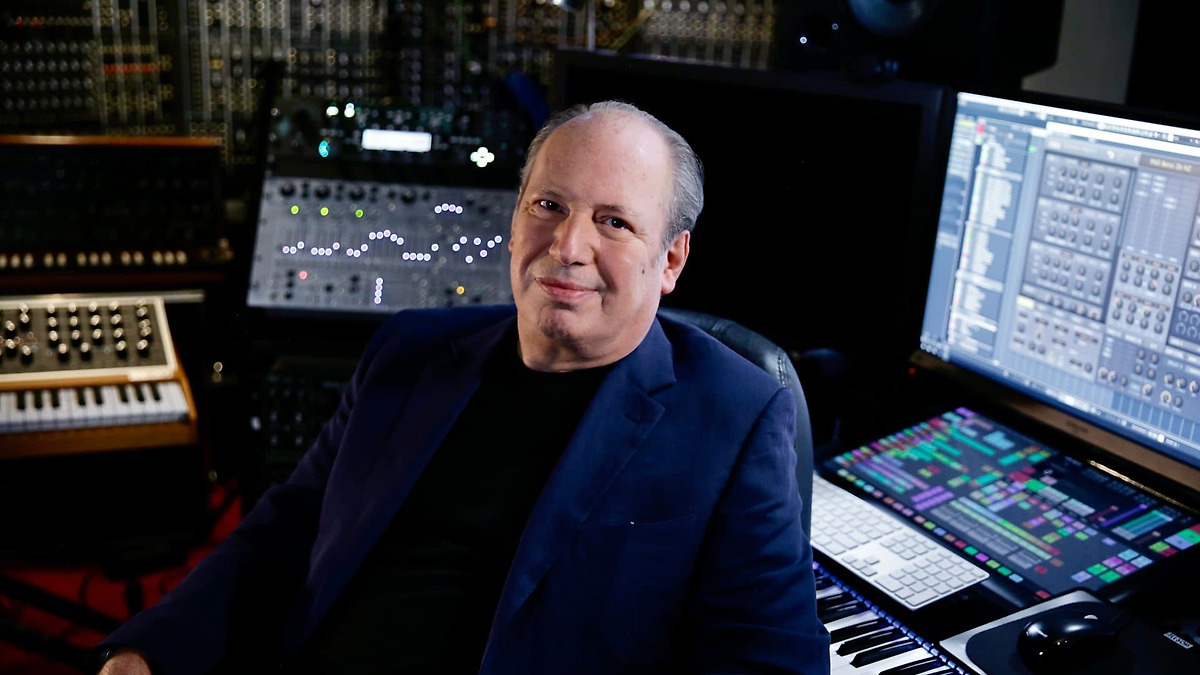






Images
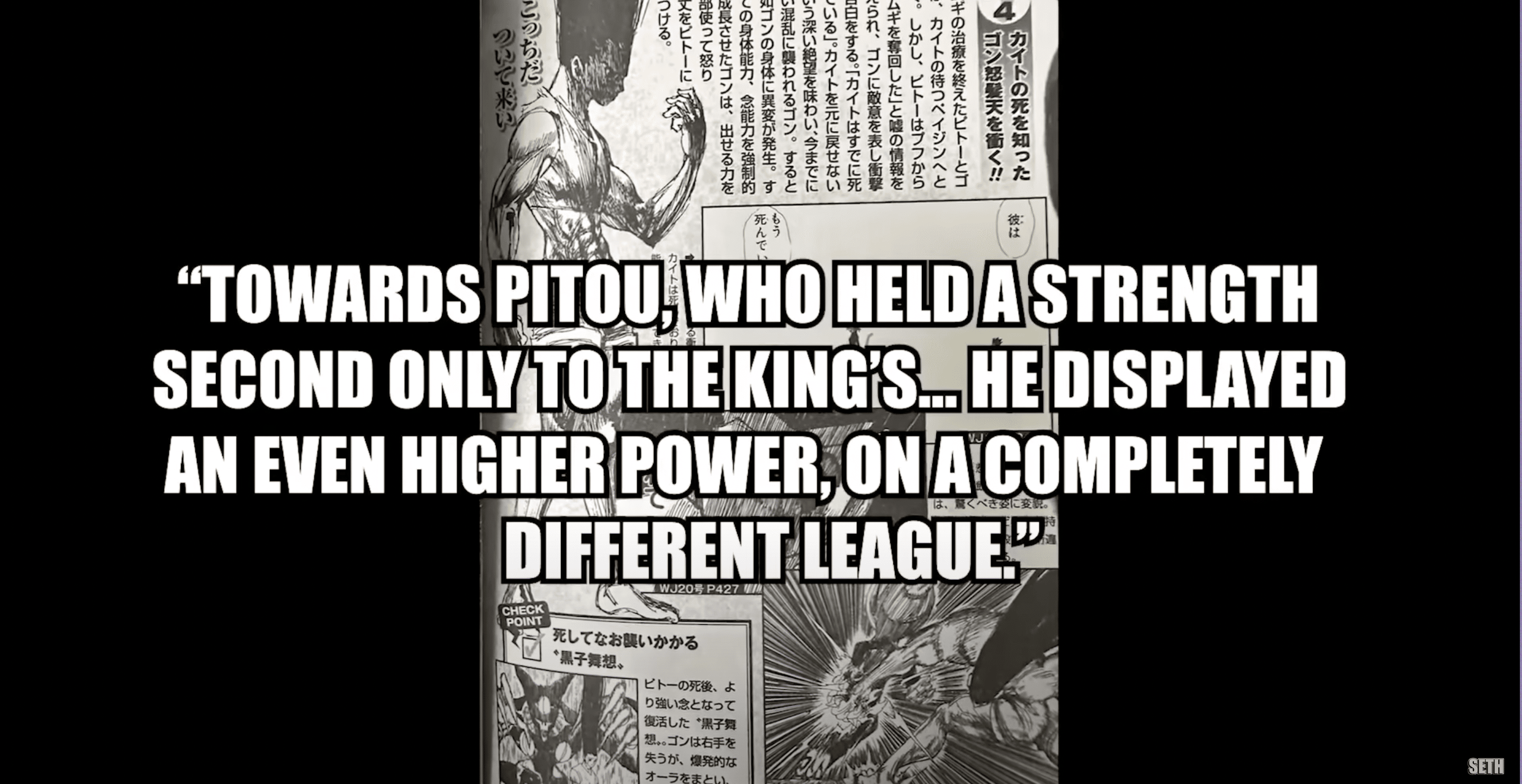




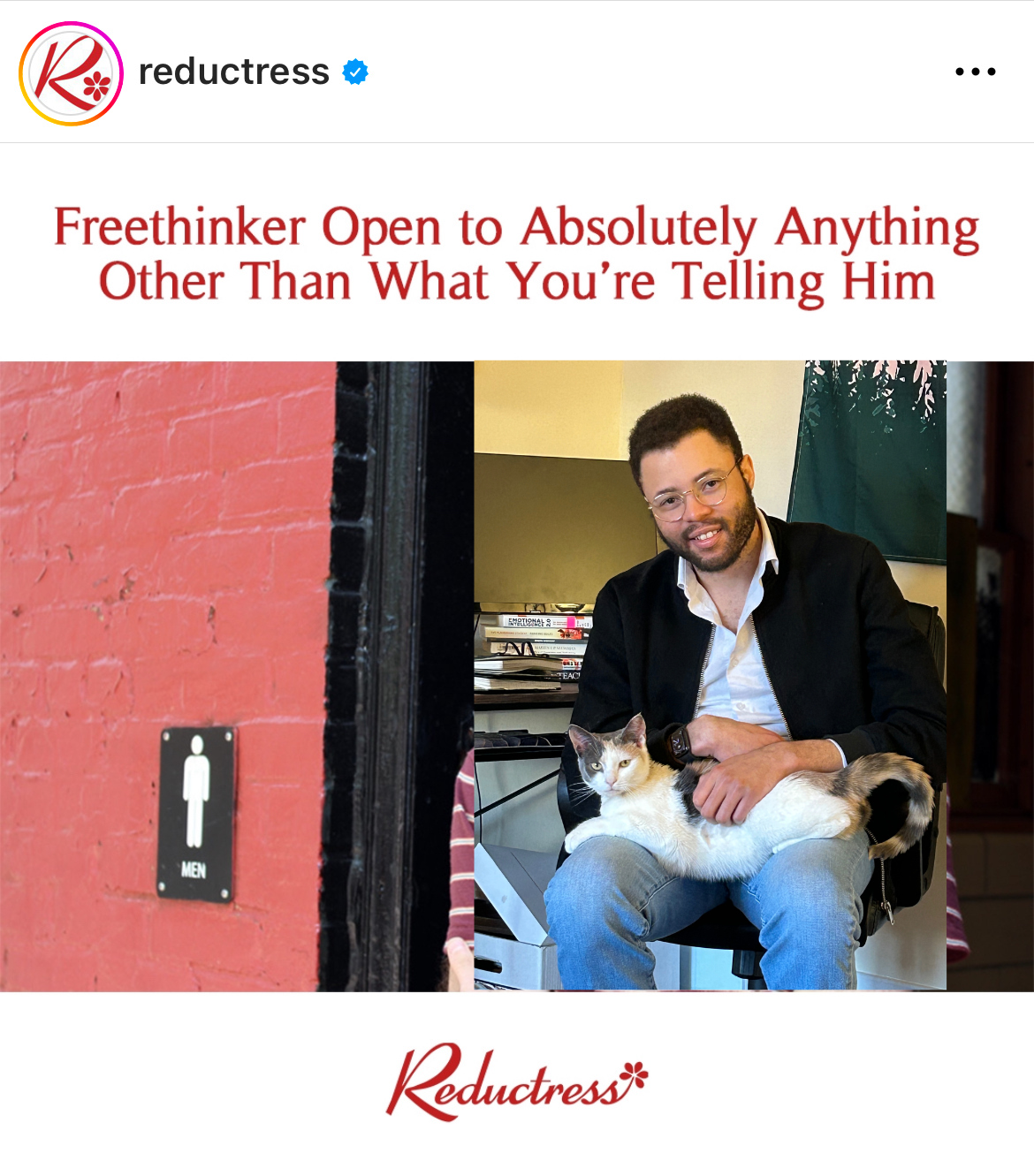

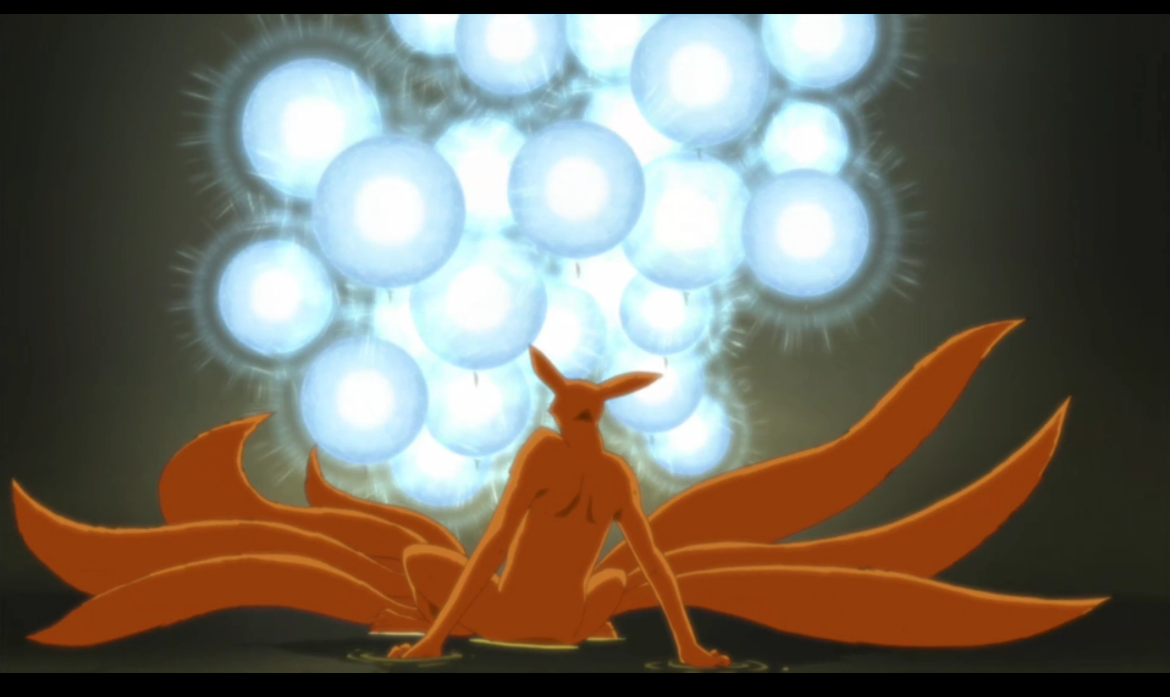

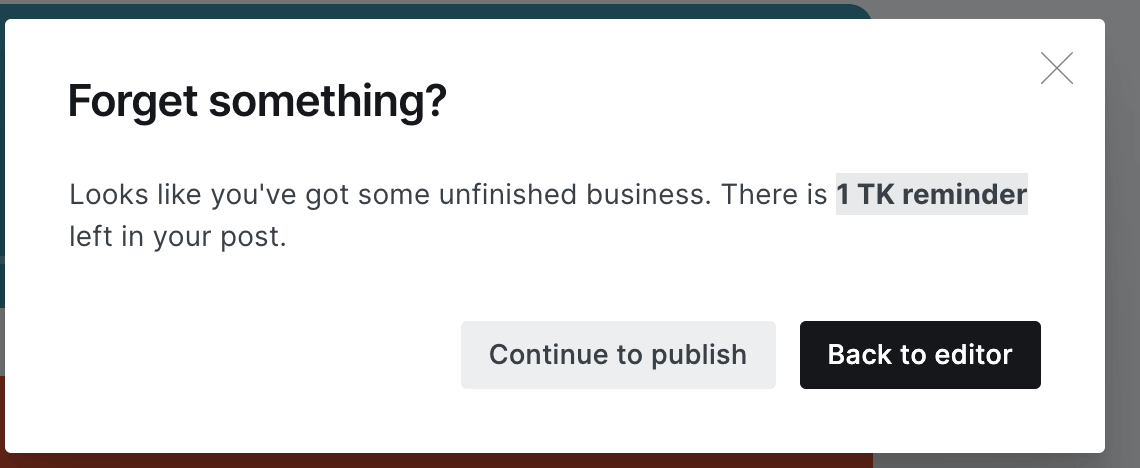
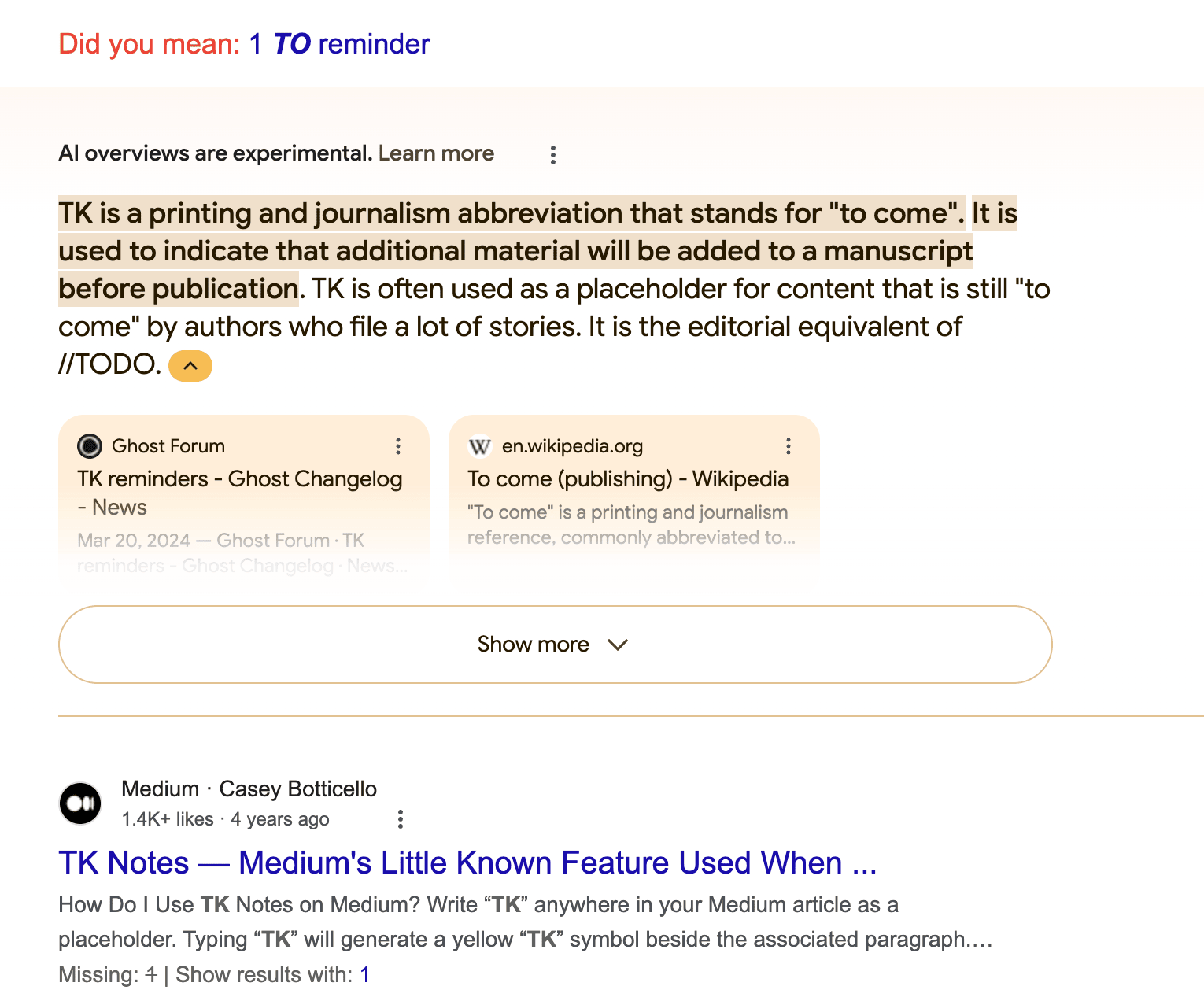


Music
Videos
- Mini Essays: The Ultimate Learning Tool
- Naruto Shippuden Madara killed Sasuke and Naruto English Sub
- Wool Production and Processing
- Travis Scott falls off stage with autotune.
- travis scott falling in autotune with 20 different angles
- Number Neighbours from Hell
- Vegas Tunnels
- Caught a grackle
- "We had to ask him to stop doing math"
- Top 10 Strongest Dragon Ball Characters (The Sequal)
- This Has Gone Too Far
- Why the Future of AI & Computers Will Be Analog
- Untold story of AI’s fastest chip
- PewDiePie takes me bouldering in Tokyo
- Connecticut Kia Boyz
- Try Not to Laugh: INSANE INFOMERCIALS
- Joe Rogan Experience #2136 - Graham Hancock & Flint Dibble
- Atlantis is dead
- 200 Subscribers
- Drake - Push Ups (Lyrics) "drop and gimme 50 / drop and give me fifty"
- Inside Japan's Most EXTREME Minimalist's Apartment
- Testing a USB powered wall hook and a look inside.
- I've Played THE WAR WITHIN Alpha For 45 Hours...
- WOOL | SCOURING AND CARDING
- SHEARING A BIG UGLY RAM
- Honey Buzzards Feast on Deadly Hornets
- Teacher makes good on decades-old promise to watch eclipse with former students
- Impressive
- Reviewbrah but it’s a Midwest Emo intro
- Lars Andersen: Turning Arrows
- Hercules in New York - Dubbed Version vs. Original Arnold!
- Priceless Books (feat. John Green) - Objectivity 285
- Do Bad Reviews Kill Companies?
- Family Guy - "Whites only" carnival
- Drake Actually Cooked
- When You Both Don't Want to Drive
- Family Guy-Quagmire spills Kool Aid
- Drumline (1/5) Movie CLIP - Late Night Tryouts (2002) HD
- Togashi Just Confirmed The ULTIMATE Nen Users!
- Family Guy - I was the bad boy of tennis
- my top 5 is Drake
- Top 10 Strongest Dragon Ball Characters
- Steven Crowder Is Losing His Mind
- It's way different than you think
- Two Years Ago, This Man Was 500 Pounds. Now He Is Two Men Who Weigh 250 Pounds.
- What If Toji Was Hired To Take Down Meruem?
- When cooler PULLED up to earth and realized GOKU is ONE of ONE
- TK from 凛として時雨 - unravel / THE FIRST TAKE
- Puddle Of Mudd - Blurry (Album Version) (Official Video)
- Is Sora Really Happy? | The Psychology of Sora
- Yuh yuh yuh yuh Meme Format (Song "Crunk Ain't Dead" by Duke Deuce)
- The Worst Product I've Ever Reviewed... For Now
- We Were WRONG About Tserriednich's Nen Ability!
- most logical polymerization
- The First "Just Chatting" Streamer?
- you've never seen books like these before! (9 ergodic literature books)
- Papyrus 2 - SNL
- How did European Explorers Speak to Newly-discovered Natives? (Short Animated Documentary)
- Kingdom Hearts Mémoria, Xion theme + Vector to heaven Slowed down
- Hawk Gets Revenge On Bullies - Cobra Kai 3x6
- How Future & Metro Were In The Studio After Drake Dropped His Diss
- Dearly beloved but it's a Chopin ballade
- Spell It Out
- Digimon Adventure 02: The Beginning | Official Trailer | English
- The One vs. Many | Kung Fu Hustle
- Nighttime Village Attack | Kung Fu Hustle
- Shaolin Soccer Most Epic Scenes!
- I Hosted the World's First AI Music Tournament
- Could There Ever Be a Fourth Core Character Class?
- CALLING IN "SICK" TO PLACES YOU DON'T WORK!
- Looking for my friend Heroin
- MOSH PIT Knocked Loose - Counting Worms | House of Blues , Anaheim Ca
- Naruto, Sadness and Sorrow - Kalimba cover.
- One Bad Album Ruined His Career
- Why These Motifs Make Us Cry [Kingdom Hearts 358/2 Days]
- 99 Bananas & Yoohoo
- The Box but it's only "box"
- kendrick lamar - top a da morning
Tweets
A physics department at a major university in the US is now offering a semester long course on “string theory.”
— 😡fermion, PhD (@angryfermion) April 19, 2024
Yes, you read that right.
String. The things kids make bracelets out of.
The dumbing down of America continues…
Just stick the q-tip in your ear. God has abandoned us.
— Jason, ex Inferis (@benedictsred) April 17, 2024
i don't trust any "dev influencers" unless they're writing C in a 20 year old IDE with no syntax highlighting pic.twitter.com/3zkA2uNChK
— Nucleus☕️ (@EsotericCofe) April 17, 2024
Taylor Swift mentioned Grand Theft Auto in her newest album pic.twitter.com/qF0guvce69
— Dexerto (@Dexerto) April 19, 2024
fuck. https://t.co/M7BirqVCuQ
— Paul Tyson (@JustChump) April 16, 2024
— Orwell & Goode | $TREN (@OrwellNGoode) April 16, 2024
Ball Is Life!
almost friday tv is better than most studio productions
Videos
- Justin Bieber 800% Slower
- I Made a Graph of Wikipedia... This Is What I Found
- Like Father Like Son | Omni-Man & Invincible Edit
- I tested the Humane AI Pin - it's not good.
- Debunking Devin: "First AI Software Engineer" Upwork lie exposed!
- Watch agile mini humanoid robots showing off their football skills
- DESPICABLE
- How I Created a Children’s Book With ChatGPT
- Pokemon 2000 - The Power of One - Soundtrack
- Porter Robinson Talks Everything Goes On, League of Legends, Getting Engaged & Second Sky Fest
- Porter Robinson INTERVIEW
- I Performed Stand Up Comedy Written By 7 Year Olds
- Your friend's Dad
- The LAST Eclipse in History
- What Game Theory Reveals About Life, The Universe, and Everything
- Battle Beast
- Born Blind vs. Becoming Blind - What Are The Differences?
- How I play WoW TBC as a blind person explained
- J Cole APOLOGIZES To Kendrick Lamar….
- invadervie cod montage video @biomez "do you really need anyone else"
- Omniman confesses his crimes
- The BEST WoW Streamer Goes To...
- meet me at happy hour…
- Goku vs Vegeta, Pickle rick vs Larry the Cucumber, more fan questions
- when you bring seltzers to the pregame
- Schaff Lazy Animation | Invincible Season 2 Episode 7
- the boys season 3: Homelander puts Starlight in her place scene
- Introducing Duolingo On Ice!
- Corporate April Fools Have Gone Insane
- The Man who invented Van Life Youtube
- Reacting to Facebook's VPN Lawsuit
- Watch My Farm Animals React to Total Eclipse
- Spotify Is Good Actually
- I walked from Philadelphia to New York City
- Please Stop Touching Wild Animals
- What Anthony Fantano Gets WRONG About Metal
- brakence - hypochondriac ALBUM REVIEW
- Blake VS Mikasa (RWBY VS Attack on Titan) | DEATH BATTLE!
- Omni-Man VS Homelander (Invincible VS The Boys) | DEATH BATTLE!
- Goku VS Superman (Dragon Ball VS DC Comics) | DEATH BATTLE!
- Rick Sanchez VS The Doctor (Rick and Morty VS Doctor Who) | DEATH BATTLE!
- Billy Mays vs Ben Franklin. Epic Rap Battles of History
- Cleopatra vs Marilyn Monroe. Epic Rap Battles of History
- Darth Vader vs Hitler. Epic Rap Battles of History
- Justin Bieber vs Beethoven. Epic Rap Battles of History
- Gandhi vs Martin Luther King Jr. Epic Rap Battles of History
- Albert Einstein vs Stephen Hawking. Epic Rap Battles of History
- THE THEORY OF EVERYTHING - Q&A With Jane Hawking
- This Should Actually Scare You
- Survivor: Kowatu - S9E14- Ryan's Family Emergency (FULL HD)
- Meatcanyon Reacts To J Cole Sampling His Cartoon
- when you finally have the perfect comeback
- Only 90's Kids remember "Blunko the Talking Dog"...
- Characters That Were Throwing FITS
- Sea Lions vs Dogs | Mammals | 4K UHD | BBC Earth
- What does a 1-INCH Height Difference Look Like? (4ft 10 to 6ft 9)
- EMOTIONAL GARAGE SALE
- The Third Hokage "Taking Care" of Naruto
- BALL IS LIFE
- How It Feels scrolling through Netflix Top 10
- Tesla Cybertruck Review: Already Iconic?
- fringe guy.
- Hunter x Hunter [Netero] AMV - Courtesy Call
- [RS] Humanity
Images

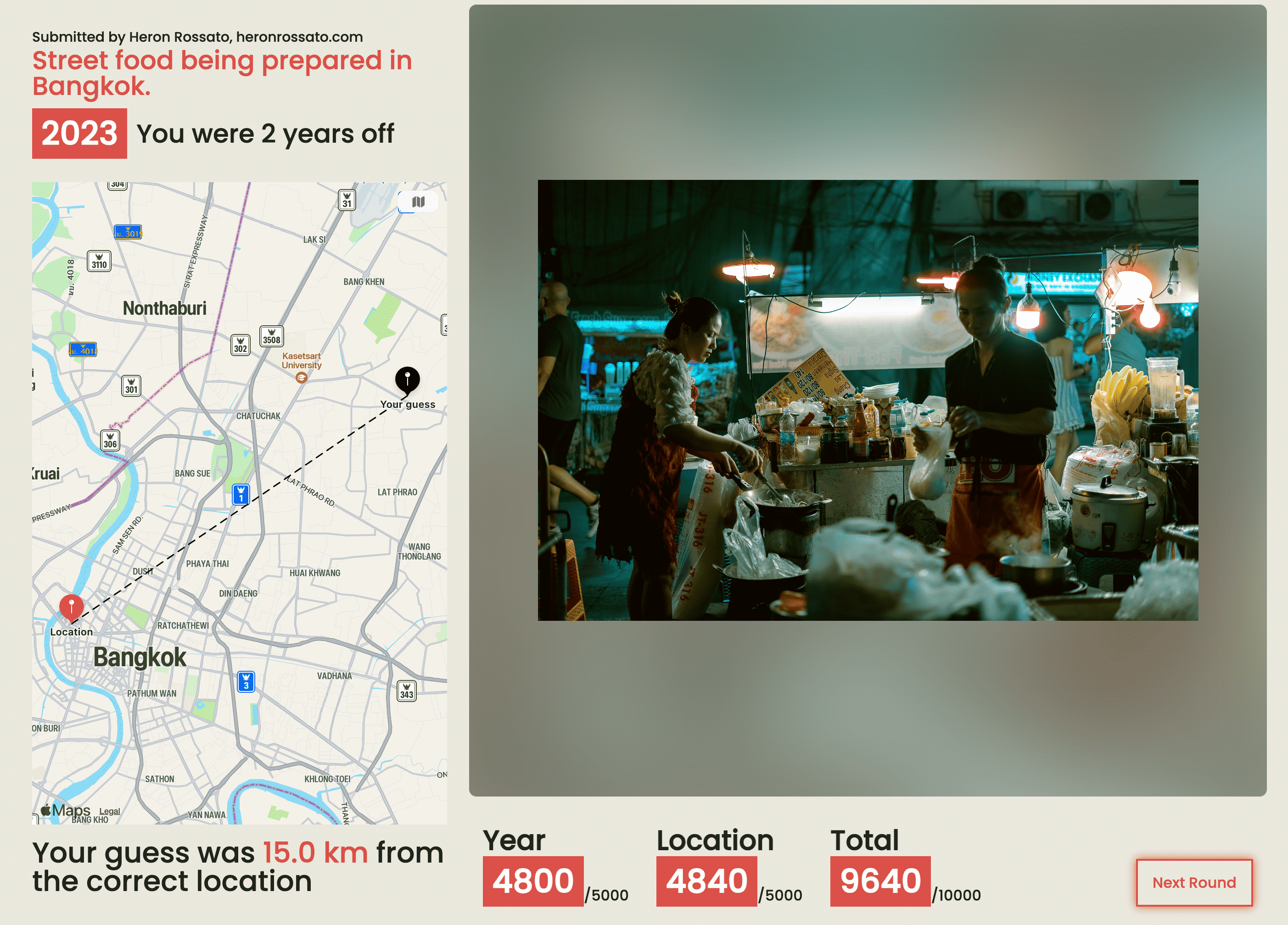
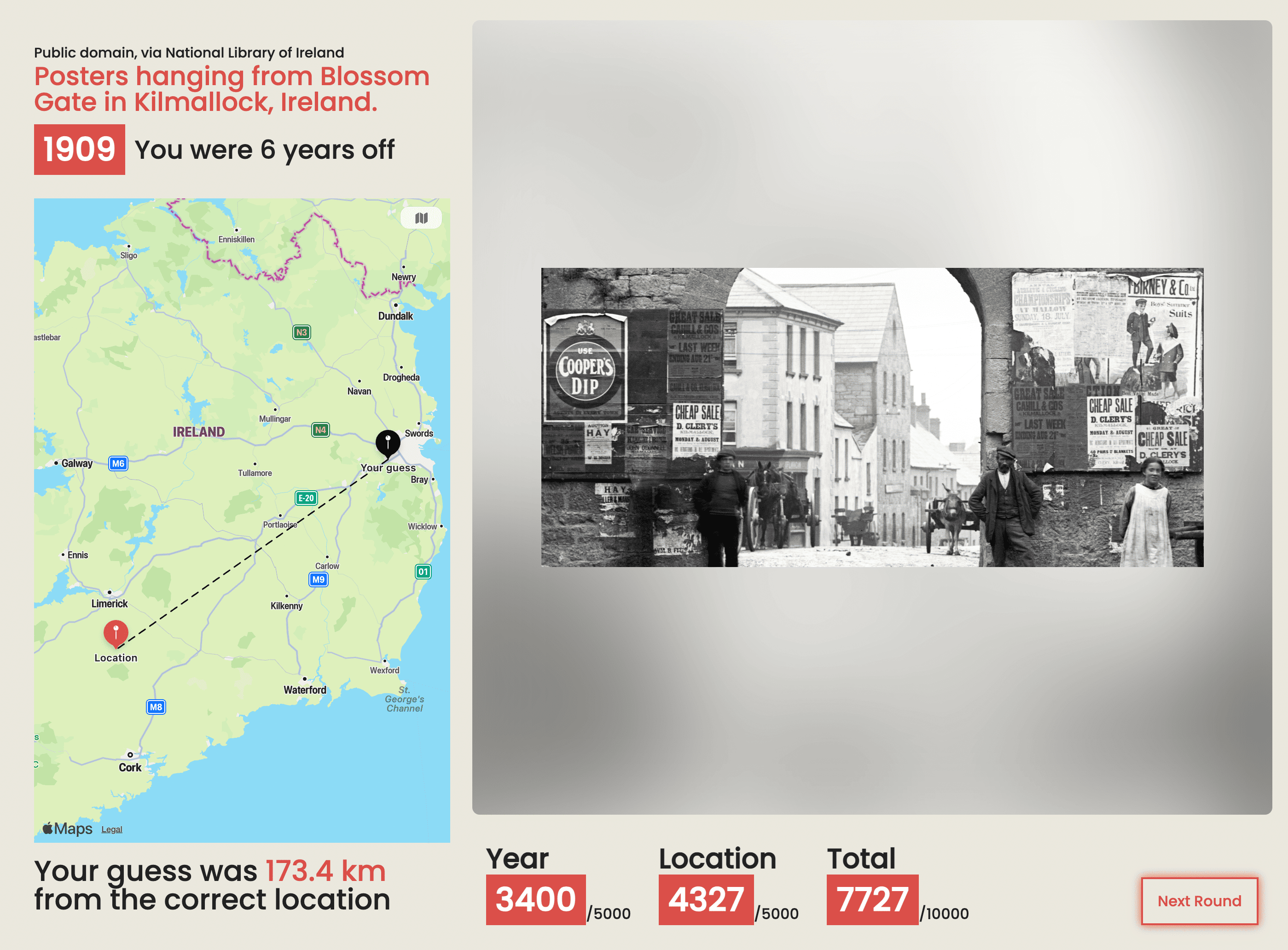
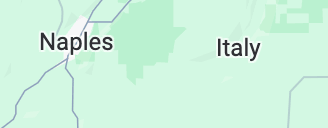


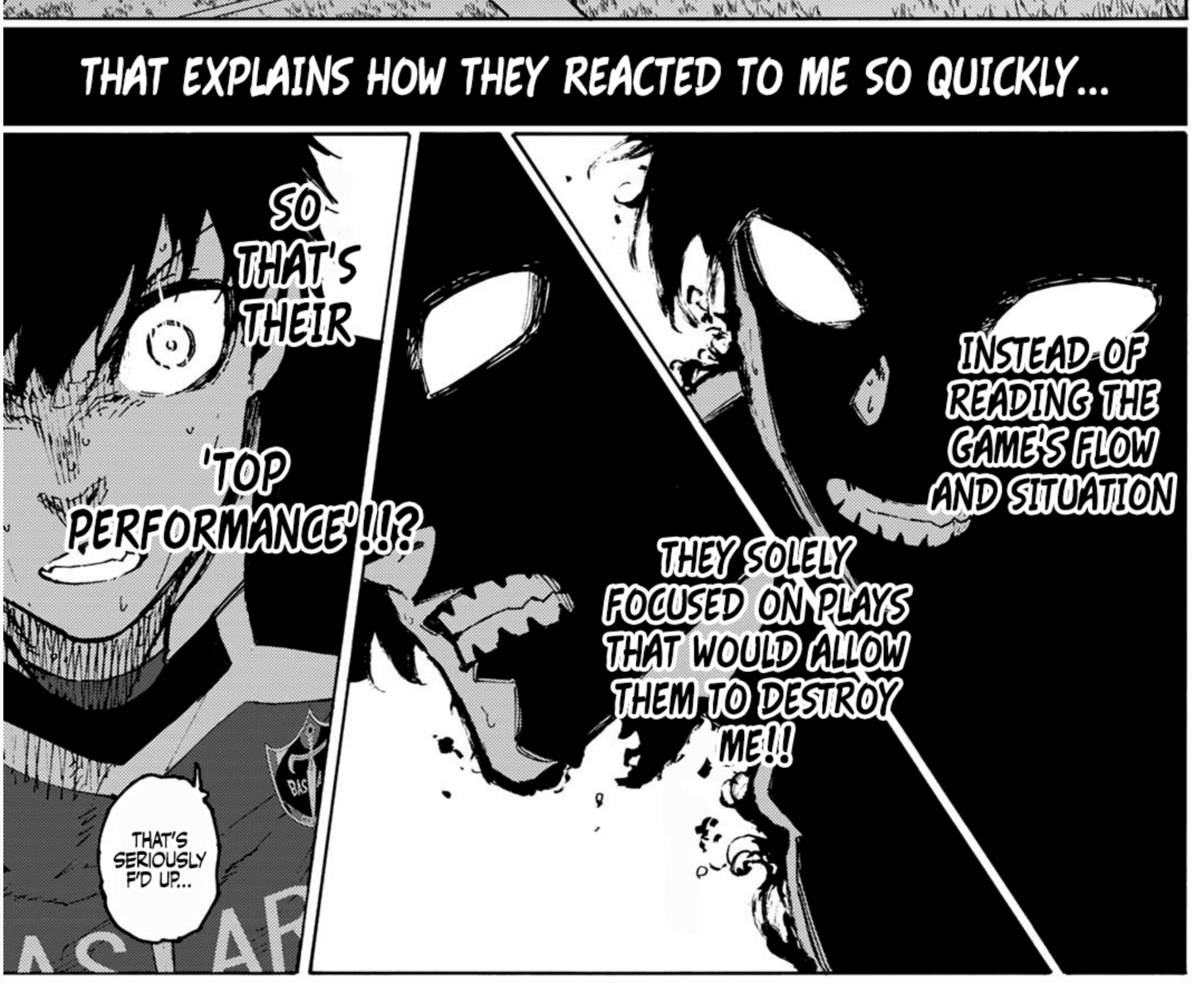


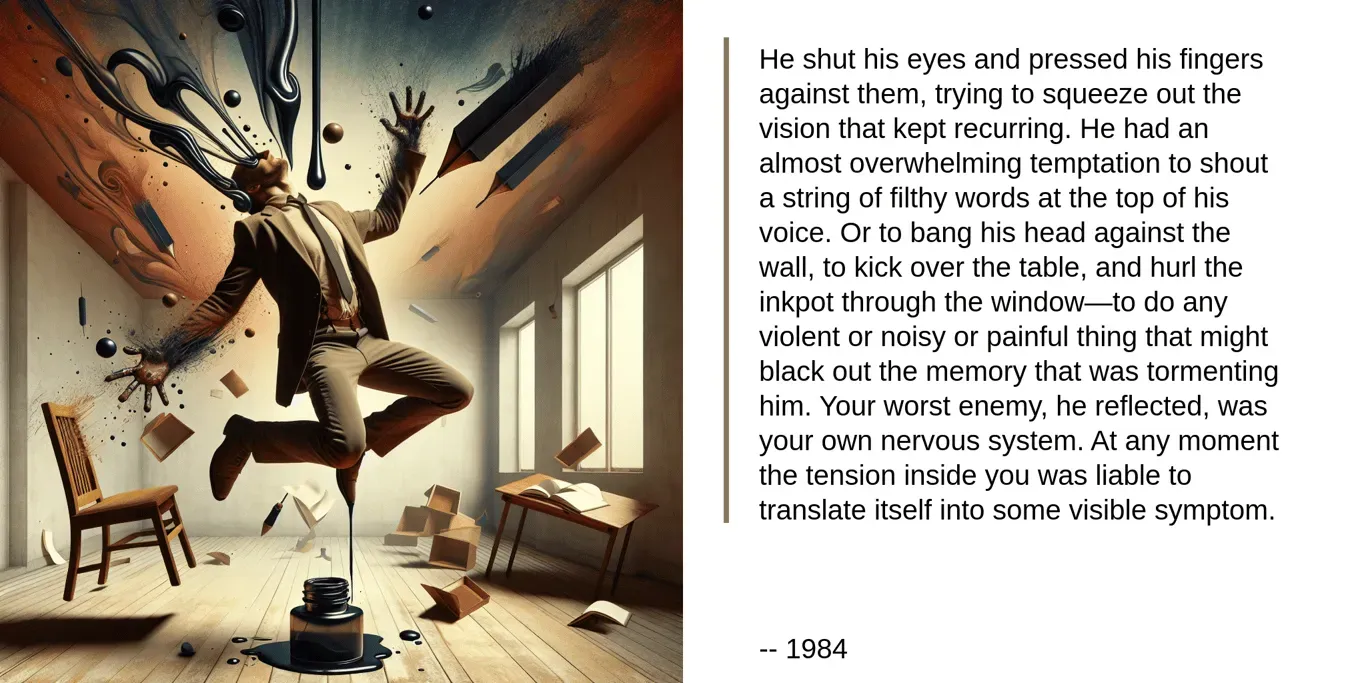
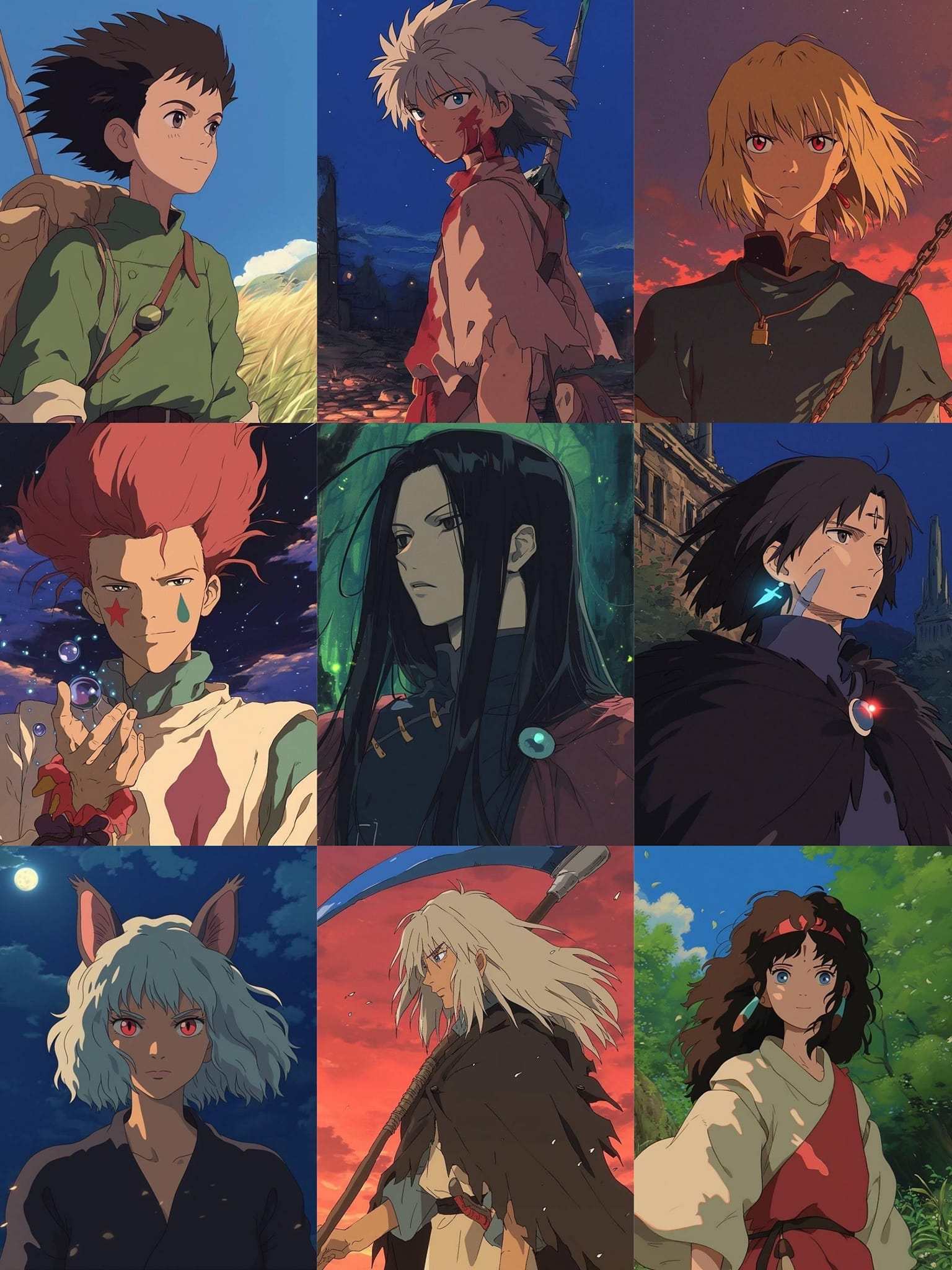


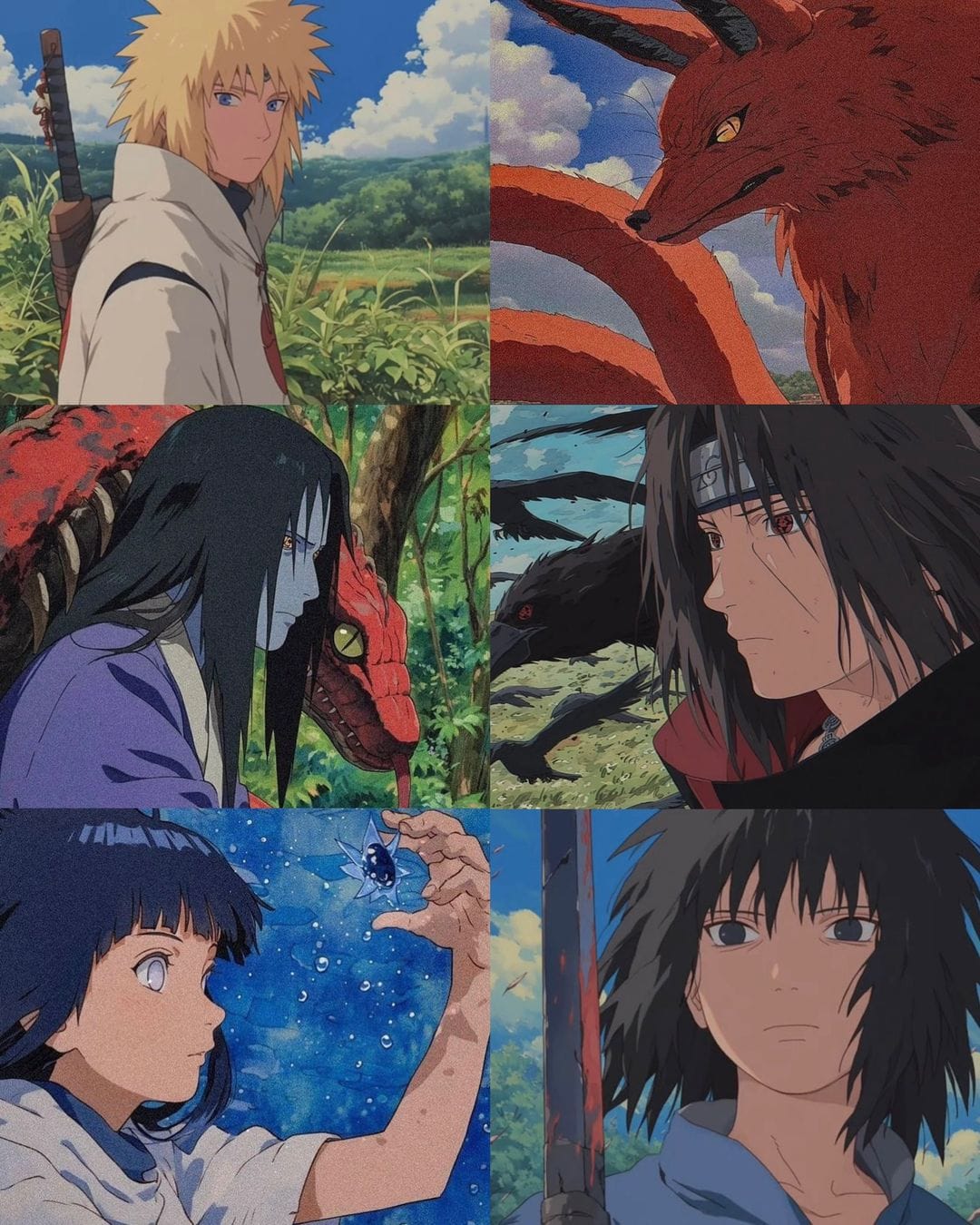






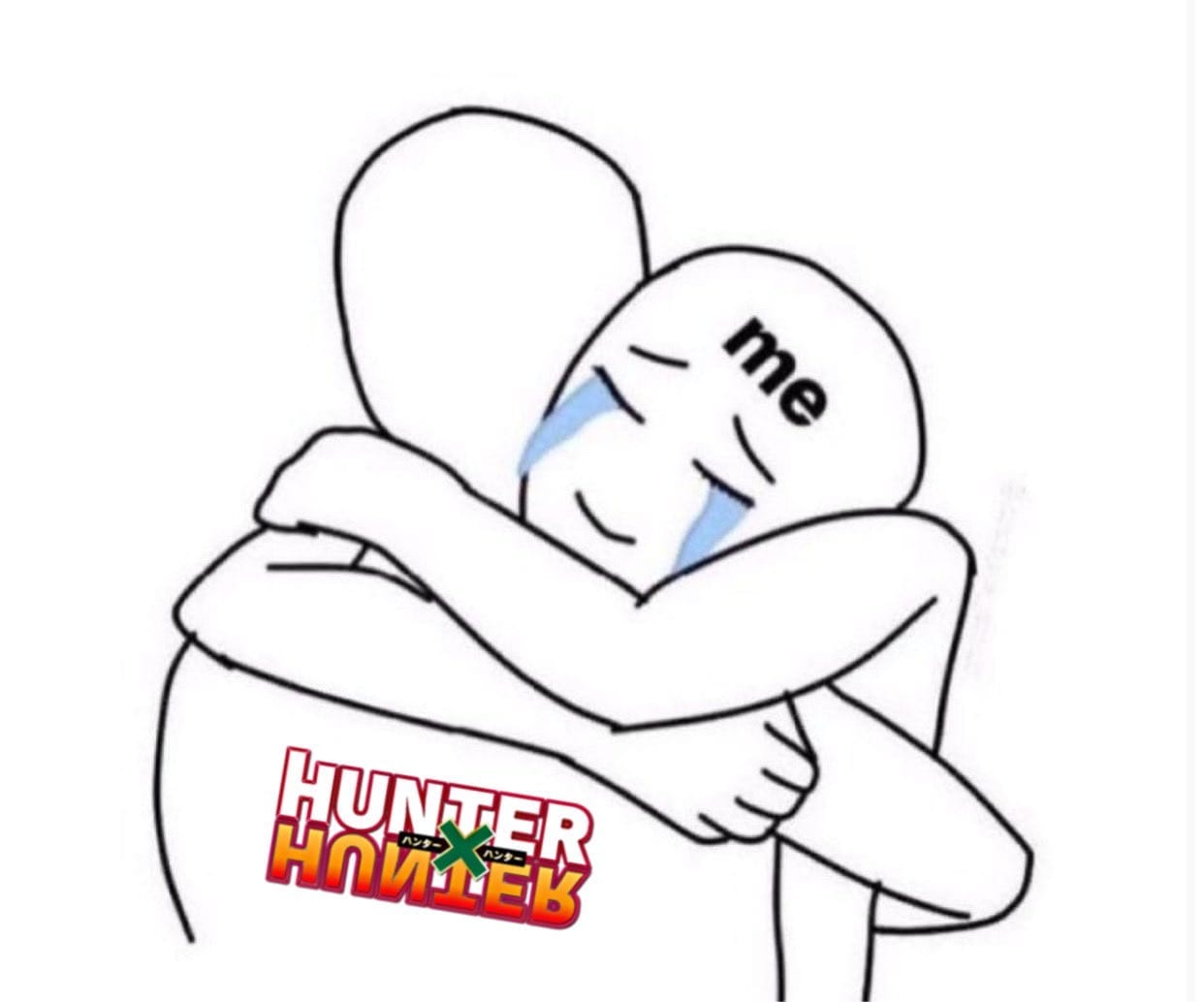


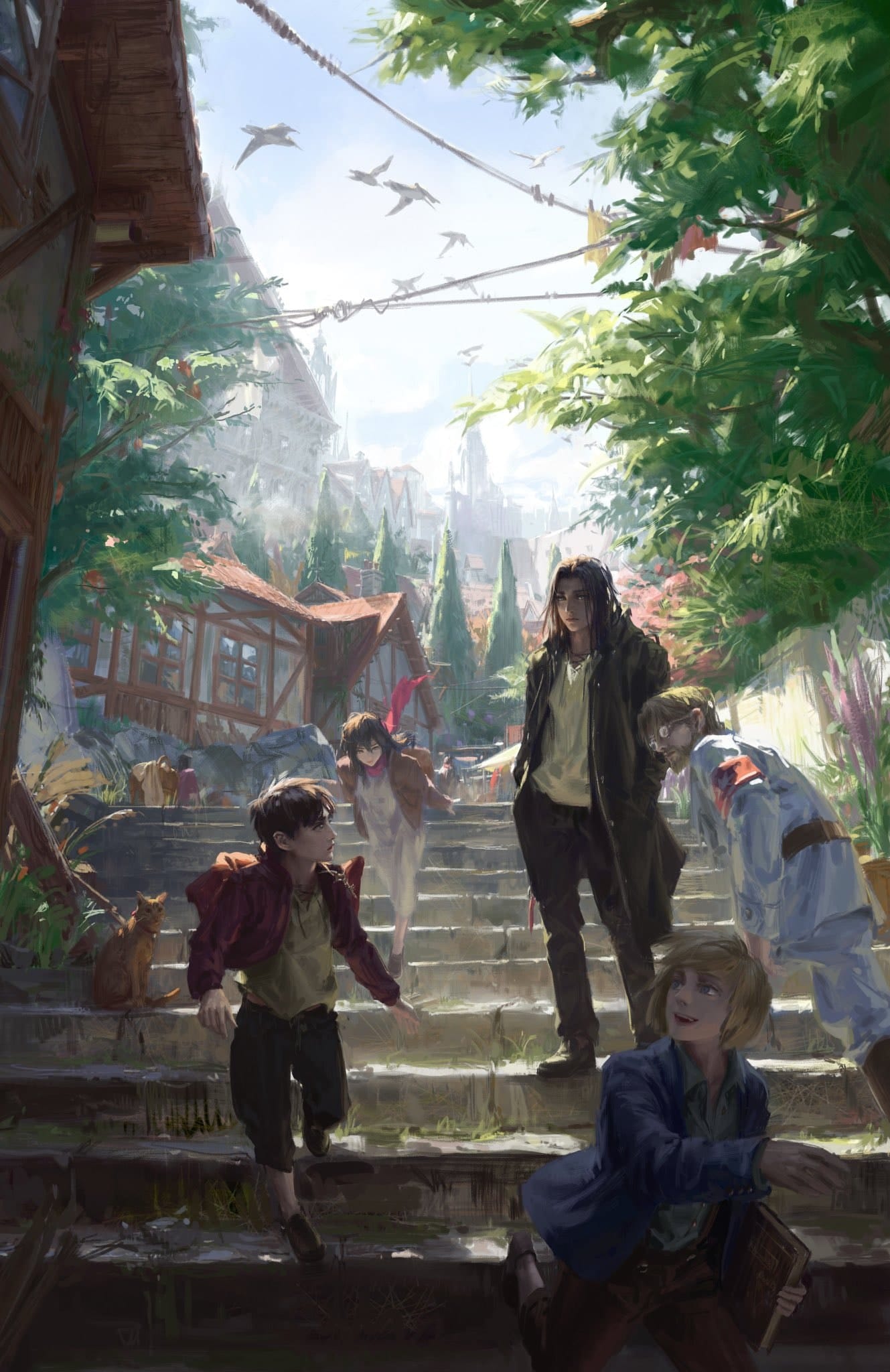









Music
Tweets
theres tears in my fucking eyesshfujcnkfbvnf pic.twitter.com/jFufmG8Hm8
— adi (@folieadieux) April 11, 2024
I’m crying this dude made a diss track on the Detroit sign they just put up 😭😭pic.twitter.com/fUF7q3zU1n
— ryan 🤿 (@scubaryan_) April 11, 2024
wow pic.twitter.com/1Ps84EF3ln
— tweet davidson 🍞 (@andykreed) April 10, 2024
— 🕐HOURLY🕑 shitpost (@hourly_shitpost) April 9, 2024
This is what my matches with Karpov felt like. https://t.co/c7QLS72FoU
— Garry Kasparov (@Kasparov63) April 9, 2024
Put this next to the Mona Lisa pic.twitter.com/dp0atjdorQ
— EE »★« (@EEvisu) April 8, 2024
This shit is officially out of control pic.twitter.com/8vp0h6wSZJ
— Guy (@nosilverv) April 11, 2024
Rappers and their GQ photoshoots, a thread:
— Tervis Scoot (@tervisscoot) April 11, 2024
Drake: “Check Your Neck” (2010) pic.twitter.com/JamRhjrKKb
Why is this her Spotify bio…😭 pic.twitter.com/ke6enmLQGW
— SIMSIOUSLY💋⭐️ (@SIMSIOUSLY) April 11, 2024
Tentacle robot gripper by the Harvard Microrobotics Lab. pic.twitter.com/e8hSwTC5q0
— MachinePix (@MachinePix) April 11, 2024
Throwback to when I accidentally won elected office in 2021. pic.twitter.com/uHouGAcYQ8
— Tobin Stone 🌐 (@tobinjstone) April 11, 2024
Movies
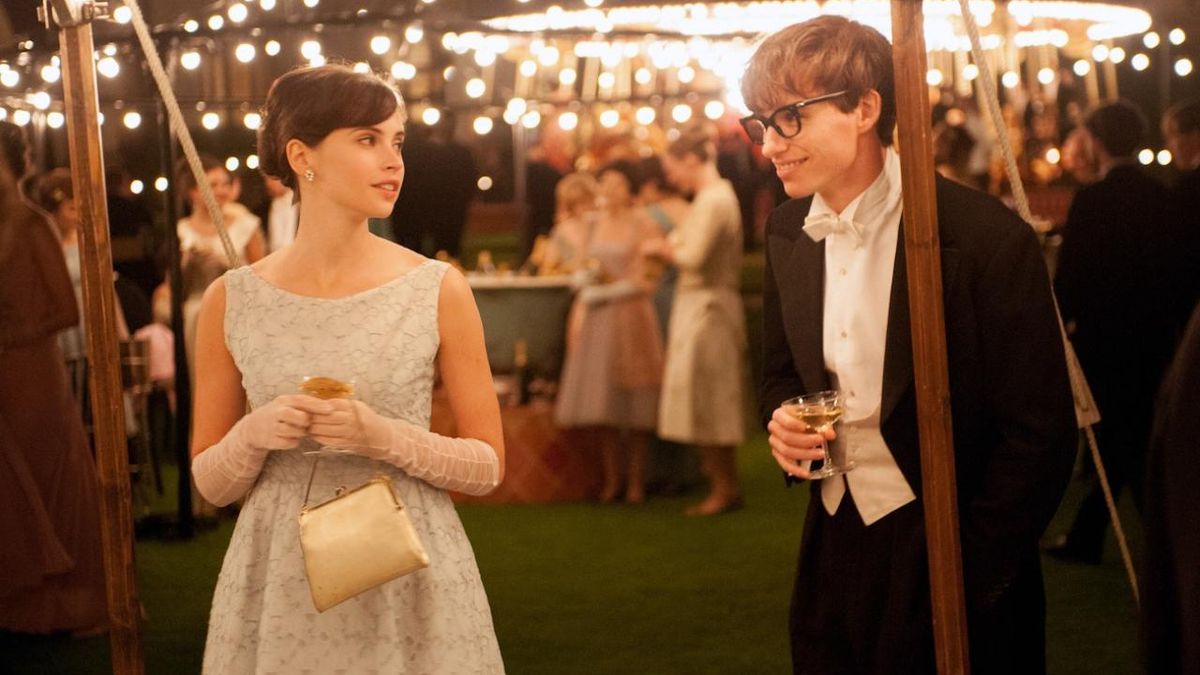
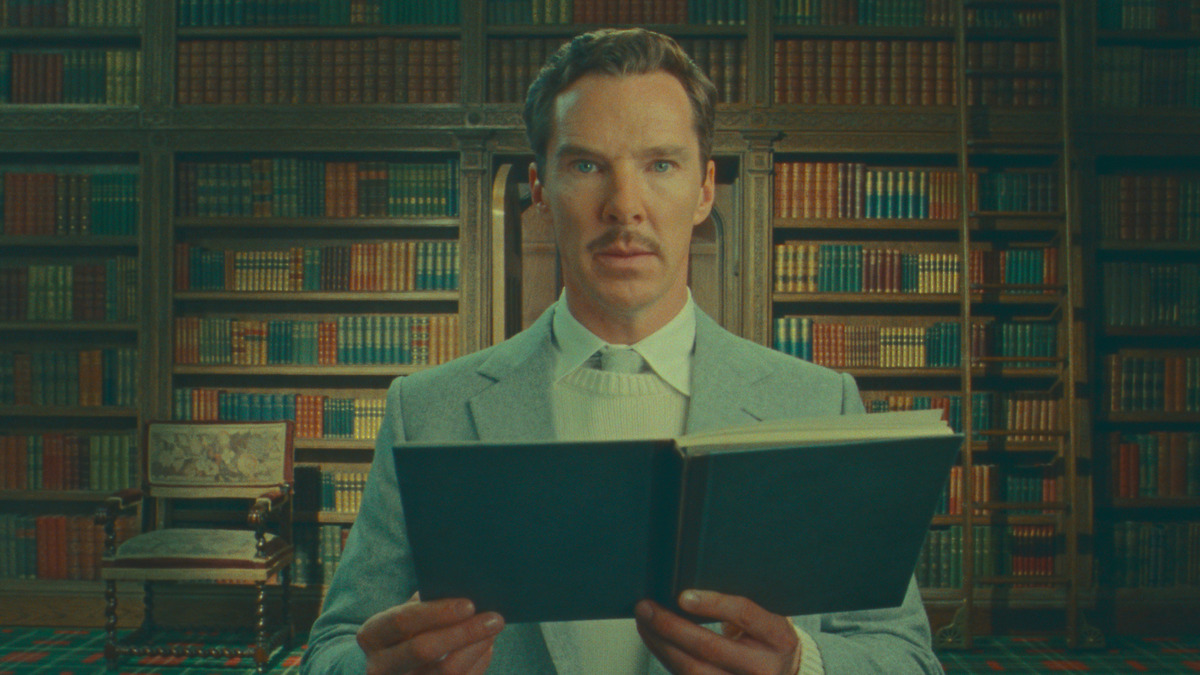

Books

Arise
textFit is goated, figma to reality
Movies
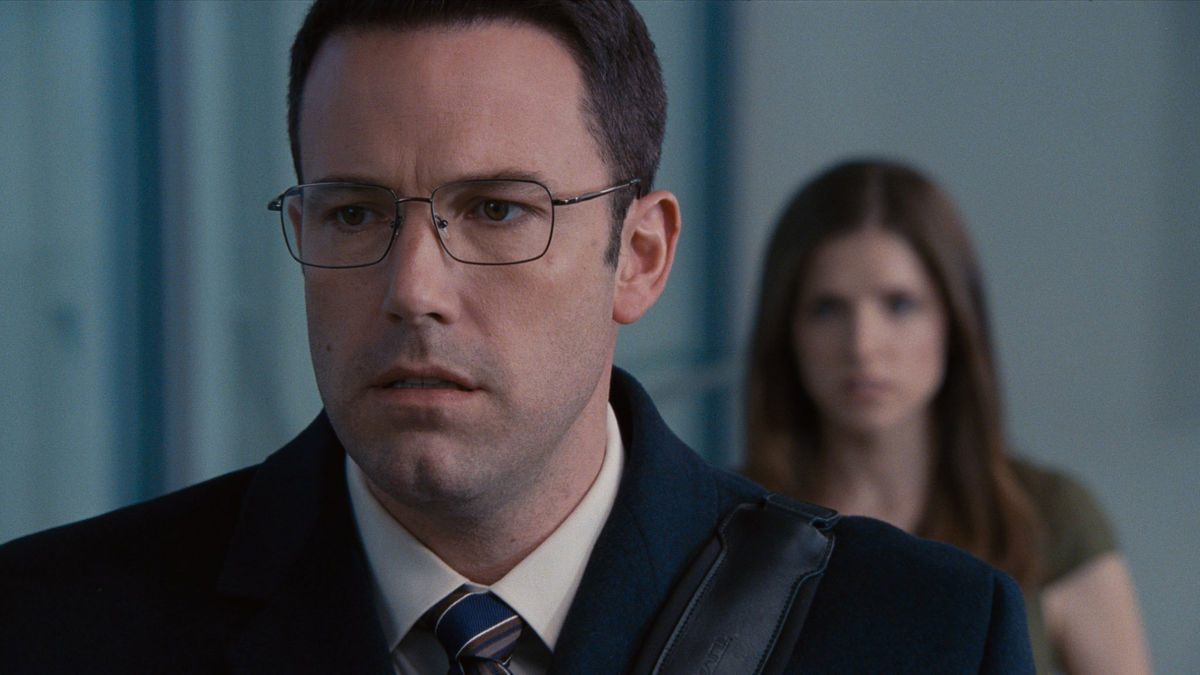

Books



amazing book for those without ocd, required reading for fellow sufferers
Music
Code
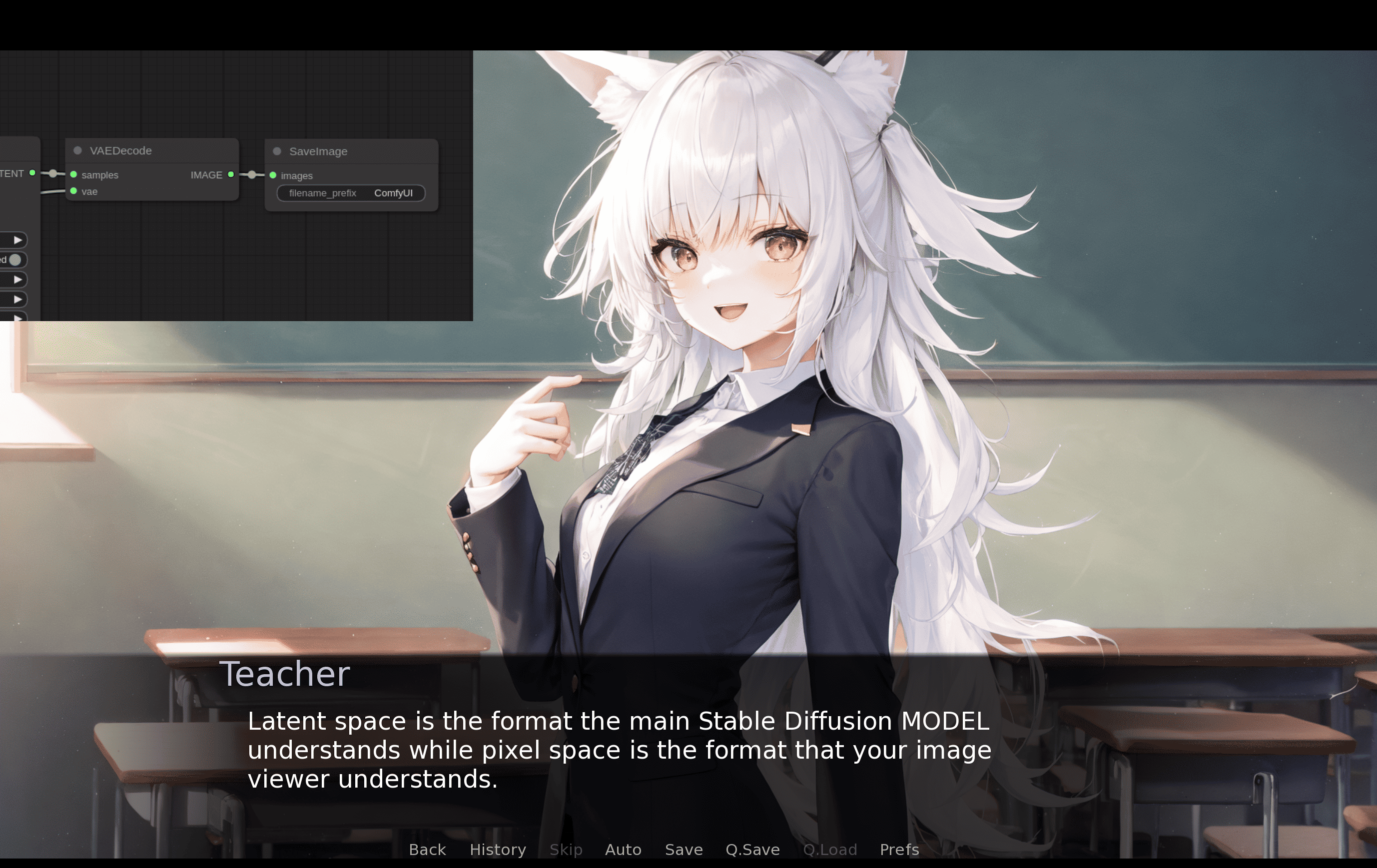
Commits
Images
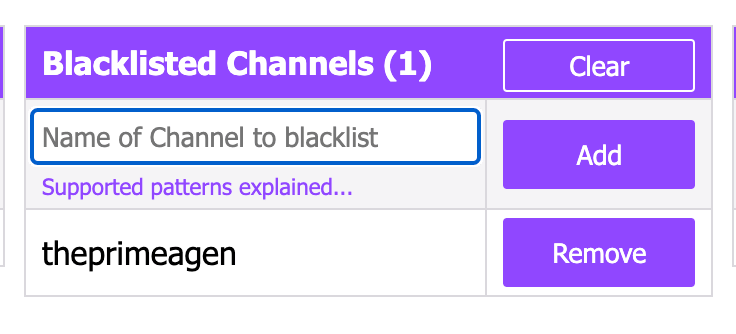
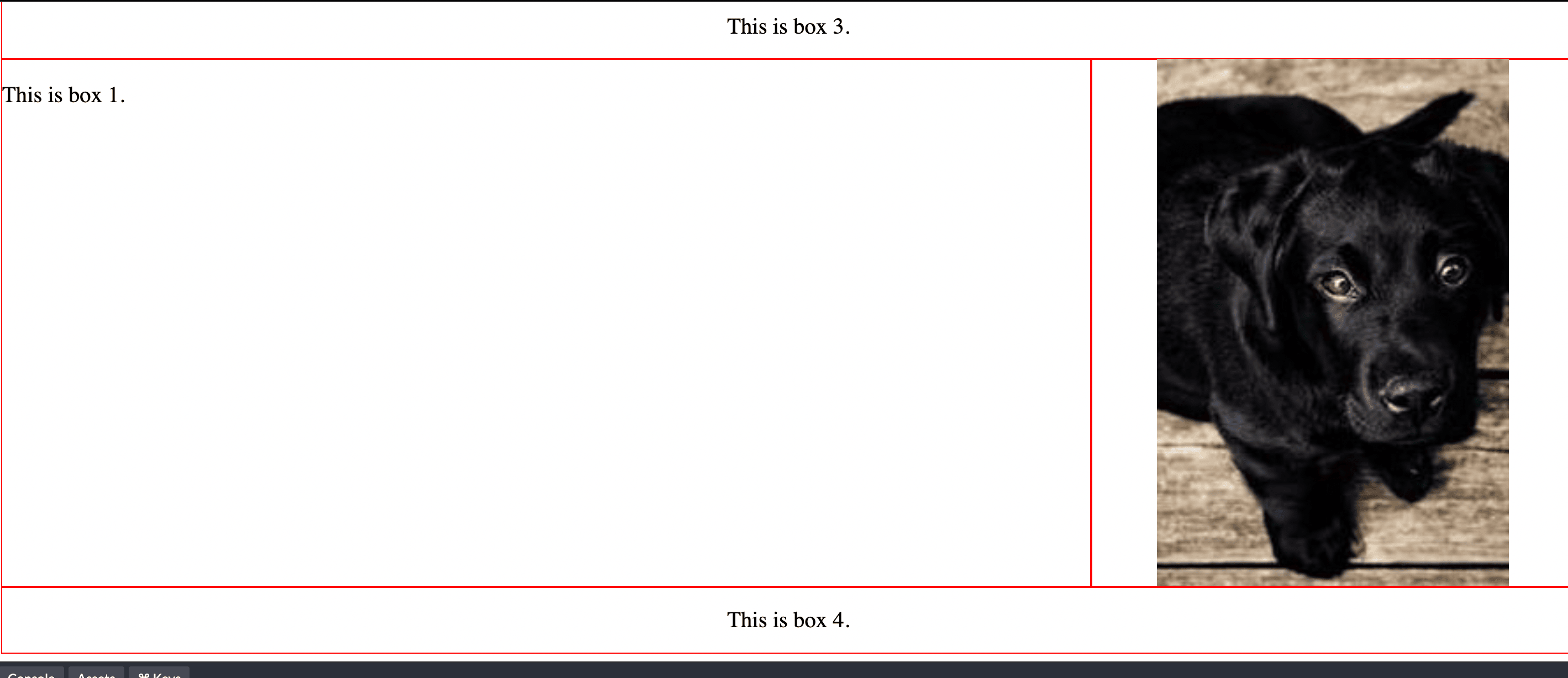
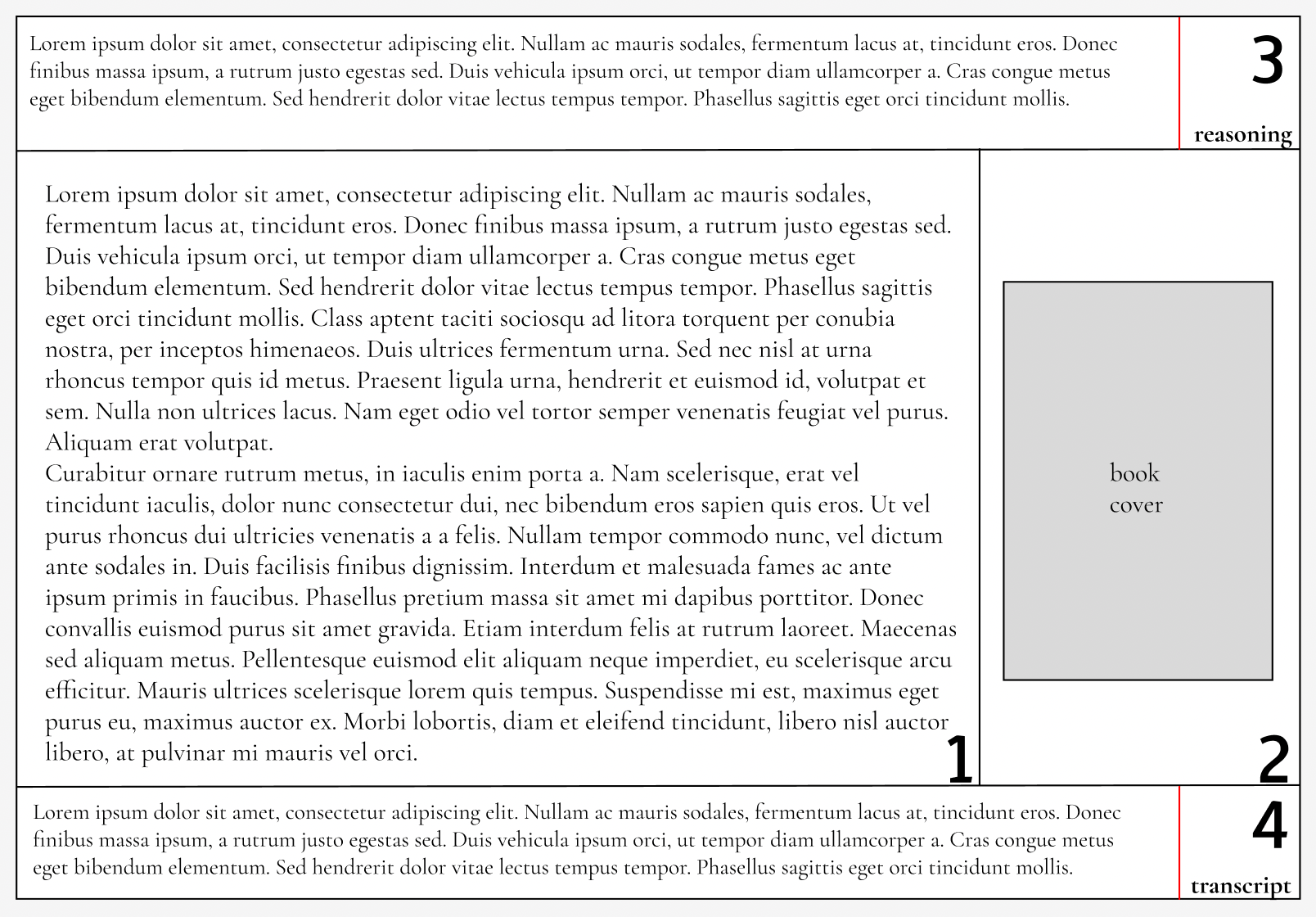

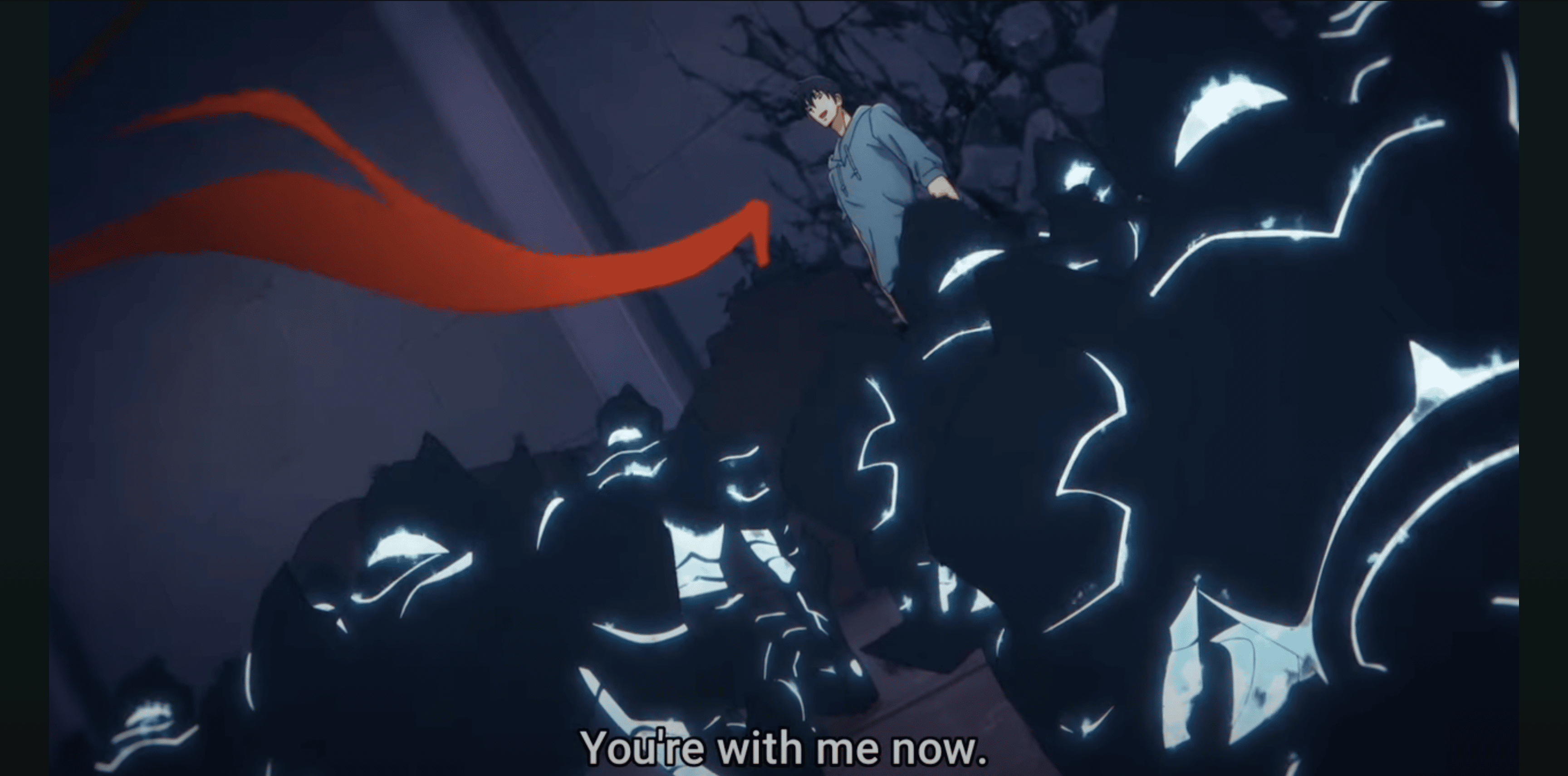


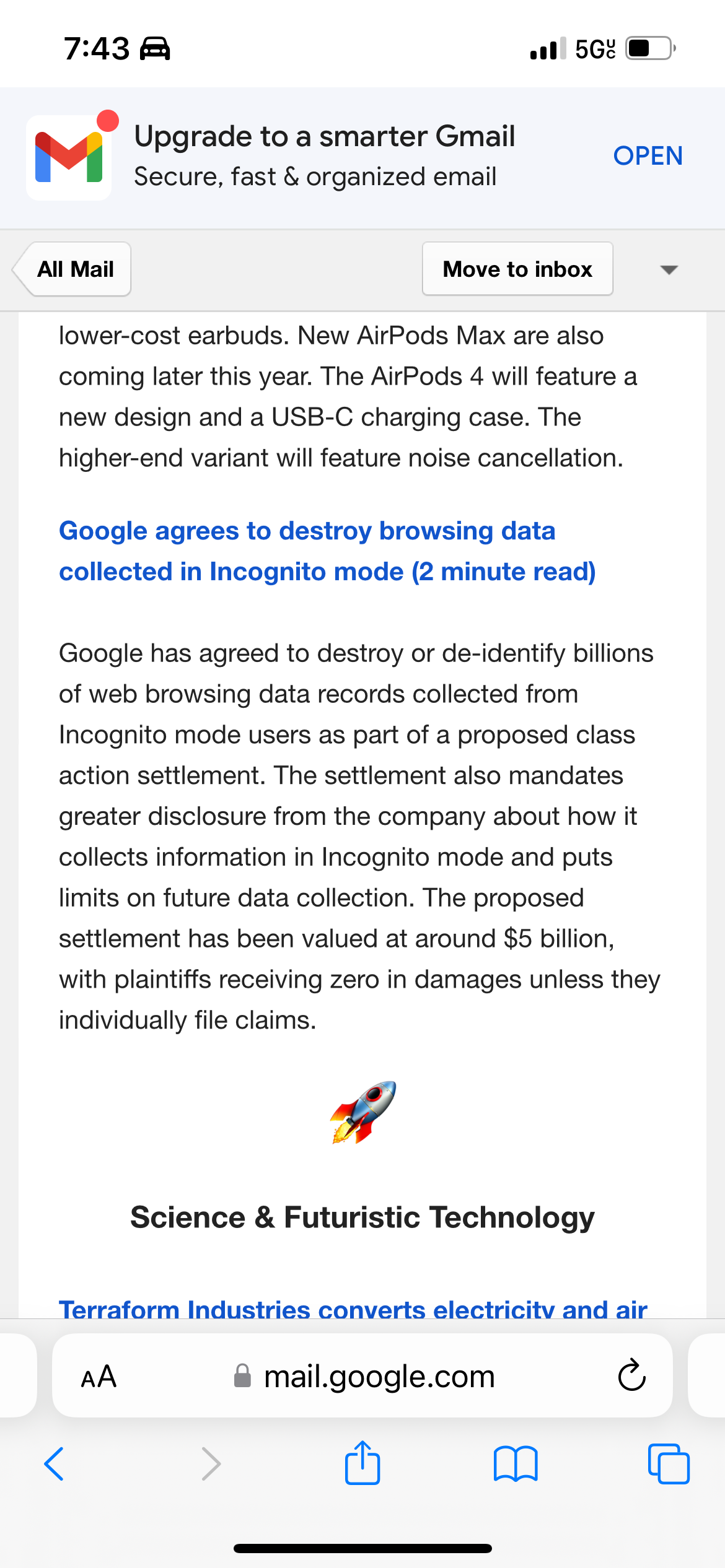
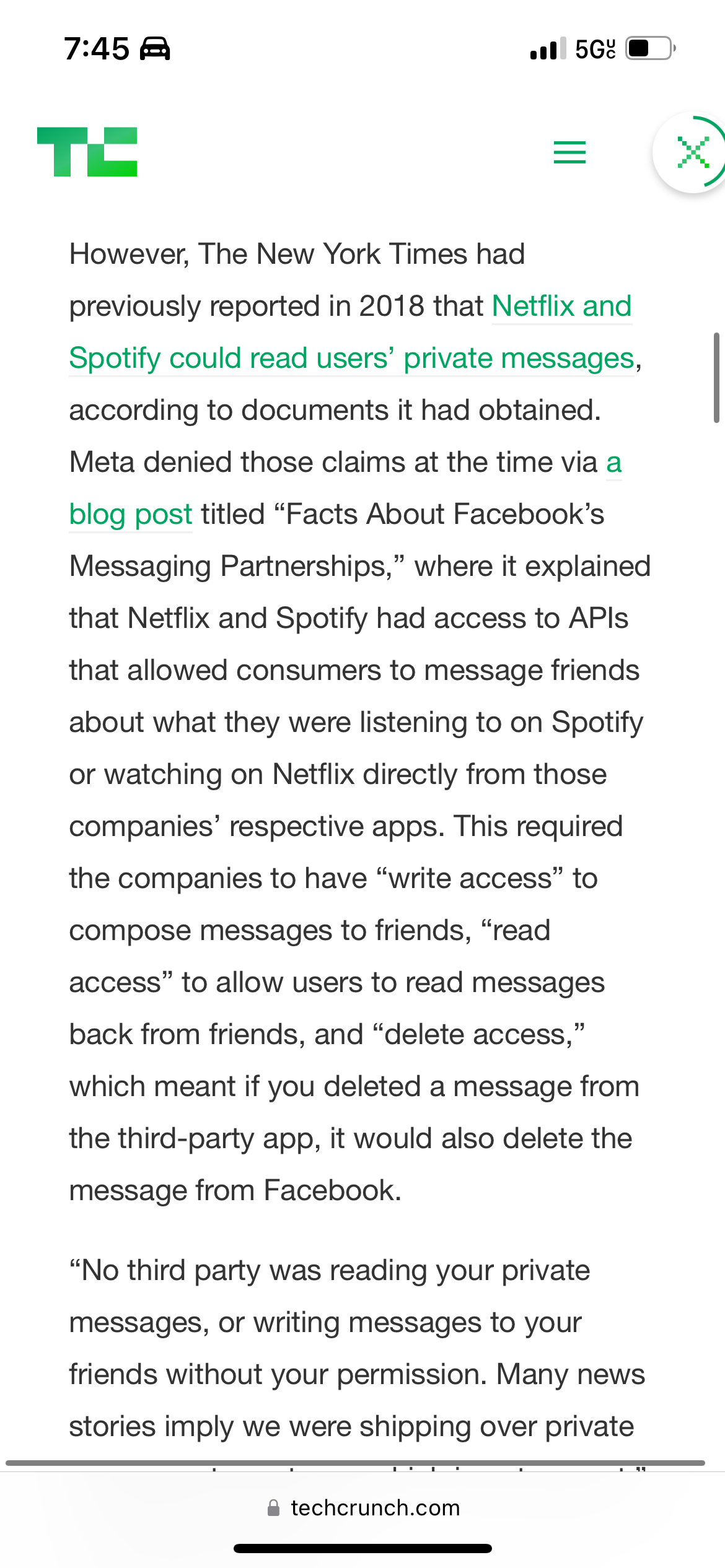
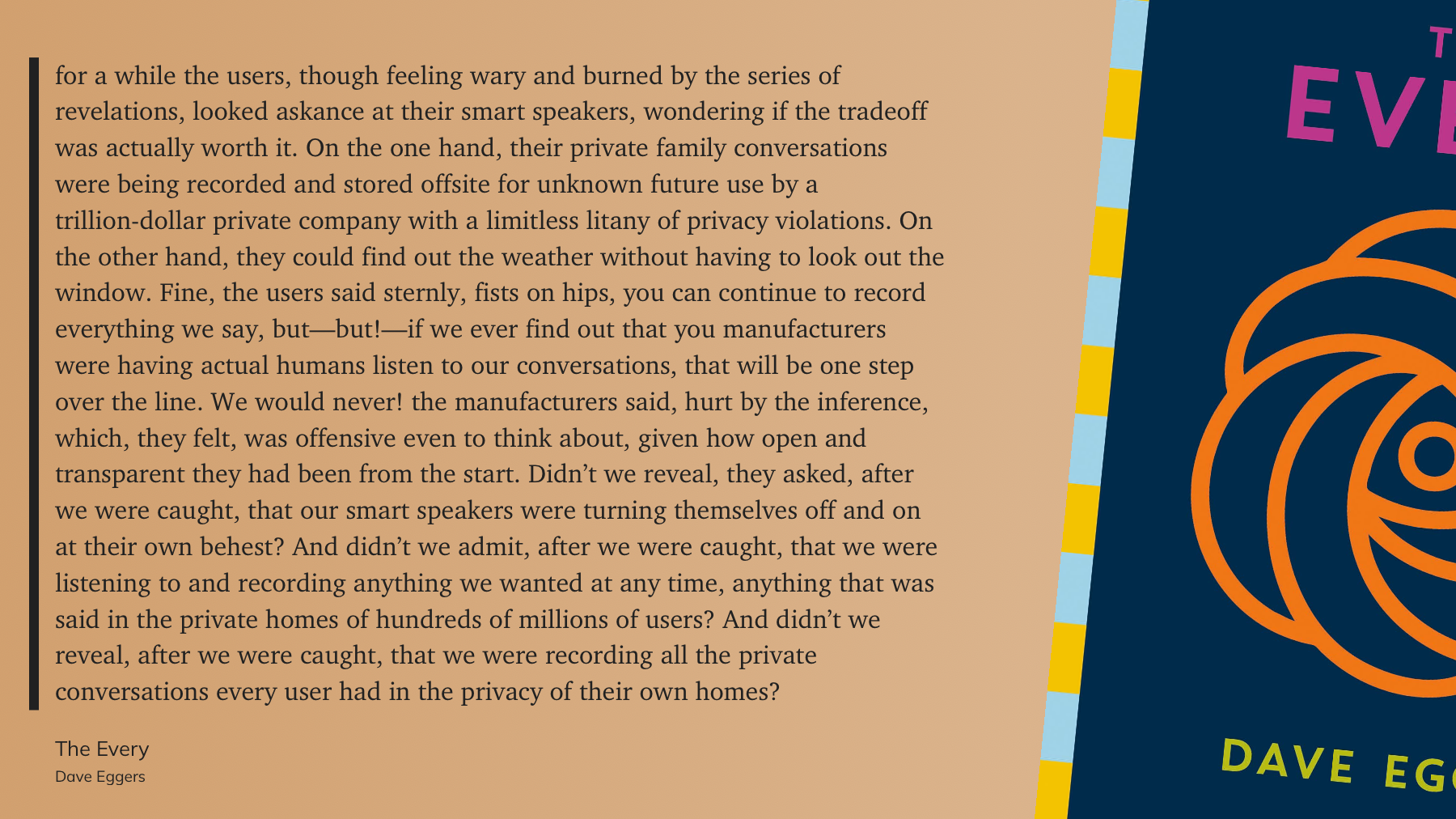
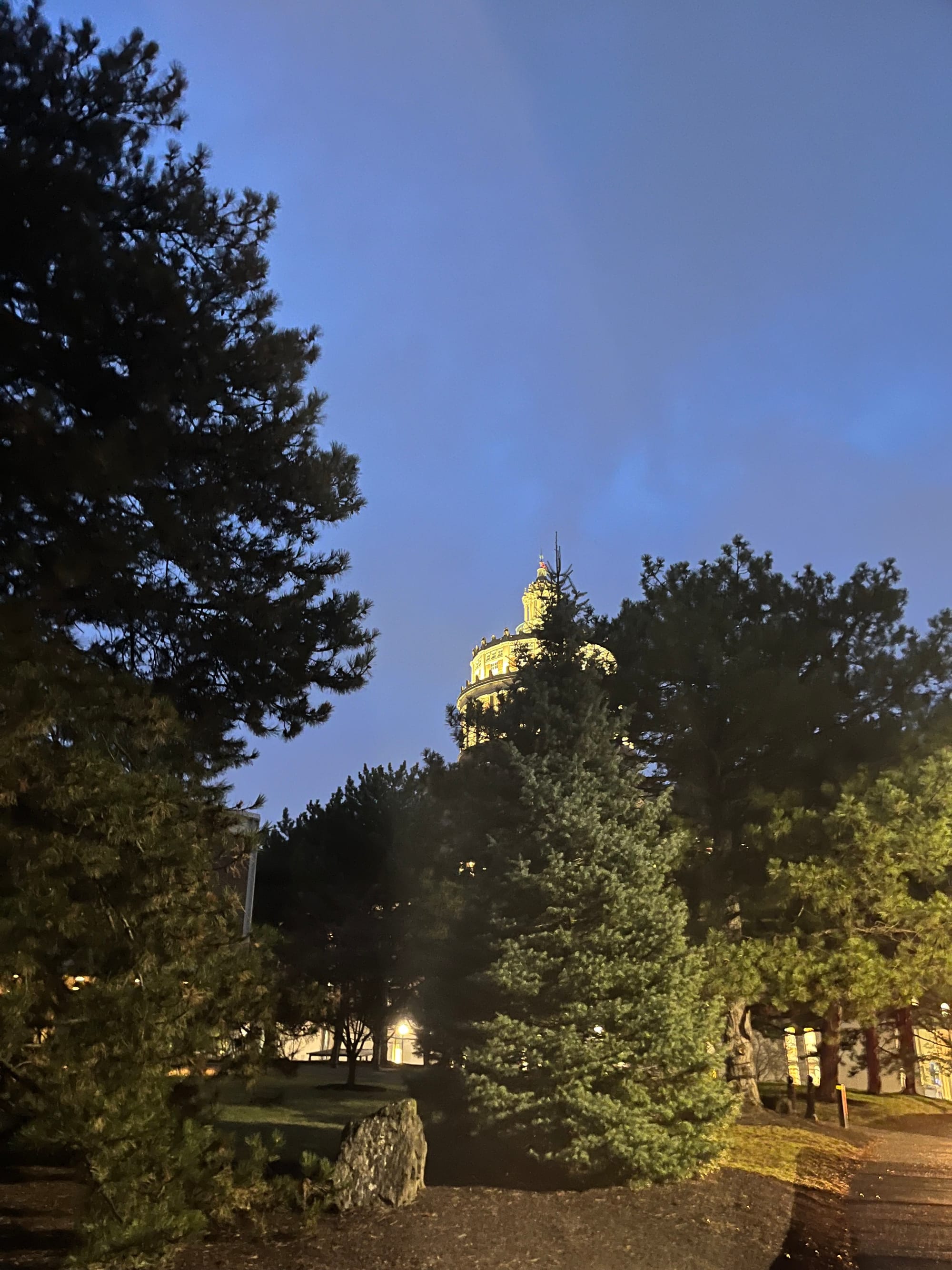
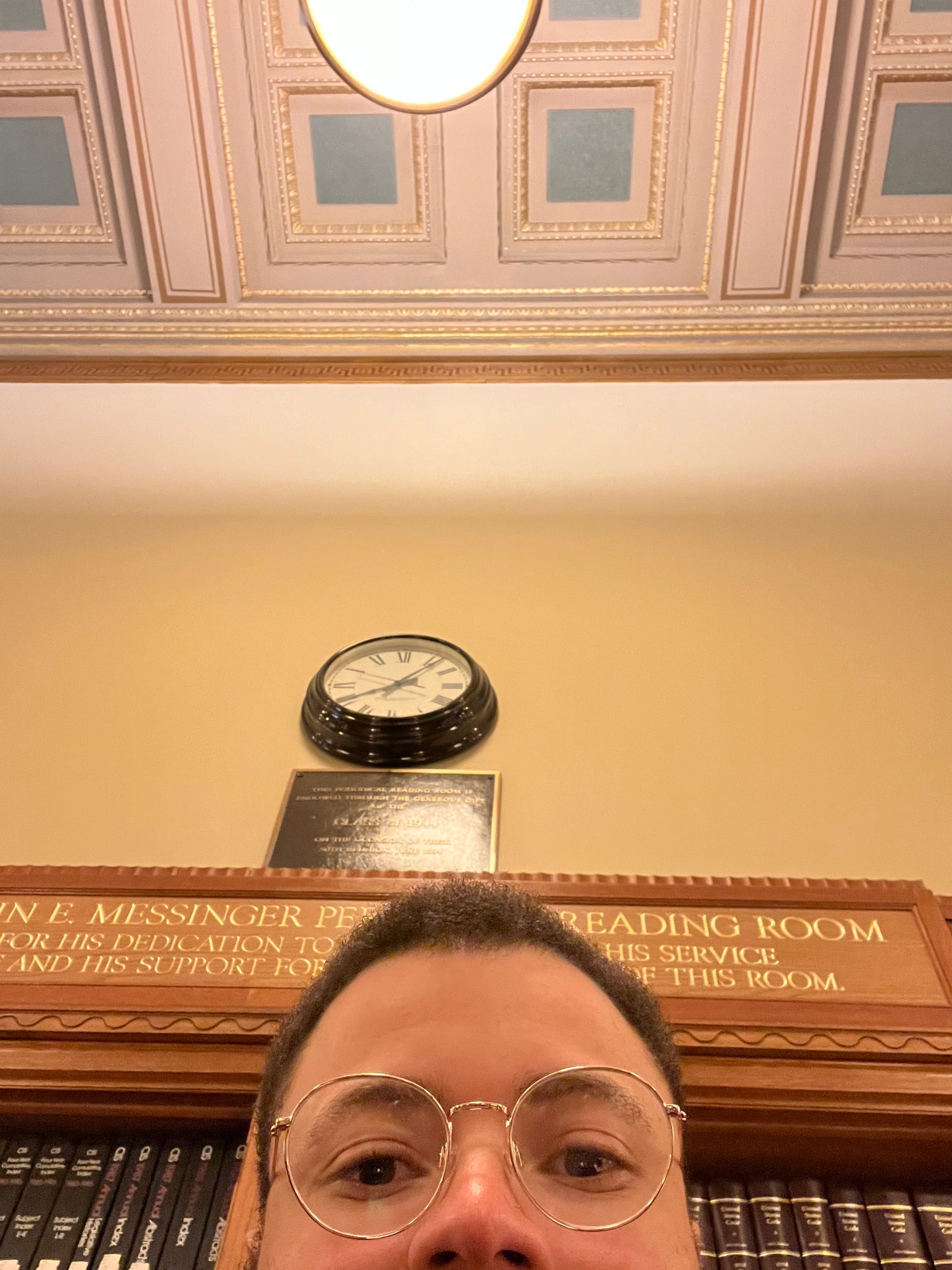
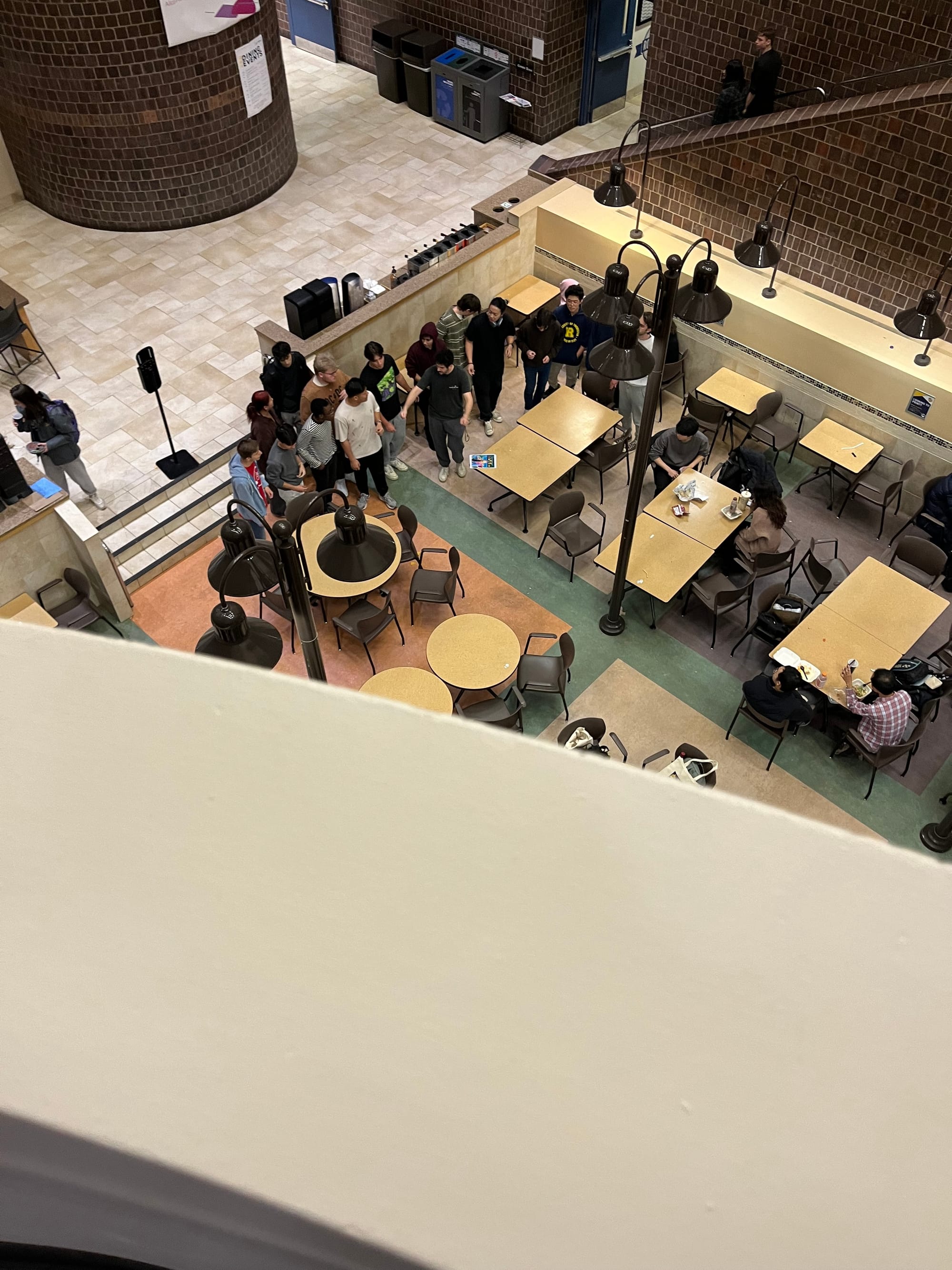
Videos
- Hybrid Theory Full Album - Linkin Park - 8 bit Edit
- Two Reasons Why This Eclipse is So Dangerous
- brakence - teeth (lyrics)
- Naruto "Plays" Ping Pong
- Naruto | Opening 2 - Haruka Kanata | VIZ
- Itachi surprised to know that Kakashi has mangekyo sharingan
- Madara and Obito roasts Naruto
- First Neuralink Patient Leaves Audience Speechless
- Horrified Subway Execs Assumed People Were Buying Footlongs To Share With A Friend
- Man of the World (Itachi's Life) - Naruto Sad Soundtrack - Ne Prosto Orchestra
- Those Aren't Mountains Those Are Waves
- Succession Theme Music - String Quartet
- Every Survivor Winner Ranked (Spoilers) - 2023 Edition
- Vegeta finds out Future Trunks is his son TFS
- TFS - Bulma Finds Out Trunks is Her Son
- Dragon Ball Z: Vegeta & Bulma realize Future Trunks is their son
- RUN A 4:17 MILE WITH ME!
- The Horn of Geddon
- The ULTIMATE BG CHEATSHEET! | Hearthstone Battlegrounds Guide
- But what is a GPT? Visual intro to Transformers | Chapter 5, Deep Learning
- Guy slips and accidentally eats Shawarma
- Merch Drop
- Is Your Hair Thinning? Try These 5 Classic Men's Hairstyles!
- Dragon Ball Series Eating Compilation (Remake)
- Trunks Vs Tien Bluray
- Welcome to the Gentleman's Gazette!
- This Genre Will Replace Isekai.
- INFLUENCER INSANITY EP 4 | Catching influencers lying about their lifestyle, IT’S ALL FAKE!
- INFLUENCER INSANITY EP 3 | "Sad Beige Moms" of TikTok prioritize aesthetics over child development
- The End of Classic | Barny Beekeeper Adventures | World of Warcraft Classic
- 99 Neighbors - Ripstick (Official Music Video)
- How Bike Shop Owner Discovered He Was Jeff Bezos’ Dad
- Zuko gets recognized at Starbucks
- Celebrity
- The Melancholic History (and Knitting technique) of The Gansey, Rajiv Surendra's favorite Sweater
- T H E S I D E E Y E O F C O L O S S A L T I T A N
- When Eric Solved the Food Pyramid
- im actually 20 years old
- Genocide of the Uchiha | Itachi Murders His Clansmen
- Killua and Illumi: Zoldyck assasins at work - Hunter x Hunter [720p]
- How Authors Built Your Favorite Anime Worlds (Gardeners VS Architects)
- Domino's Tests Limits Of What Humans Will Eat
- AI Songwriting is INSANE
- Battlegrounds in a Nutshell
- [Hunter x Hunter] Netero first hand
- When you're losing an argument but they make a spelling mistake
- The Weeknd Before Fame!
- Why Chrollo Will Lose Everything
Websites + Blogs




Tweets
— schizo (@tulpapilled) April 2, 2024
me fr
— 🕐HOURLY🕑 shitpost (@hourly_shitpost) April 2, 2024
— no context memes (@weirddalle) April 2, 2024
— Orikron 🇵🇹 (@orikron) March 30, 2024
Lmaooo wtf ☠️ pic.twitter.com/7jNsiNpYzA
— vids that go hard (@vidsthatgohard) March 31, 2024
earthquakes are supposed to be a west coast thing, they get beaches and warm winters and we get stable ground. that was the deal.
— my book is better than my tweets (@MichellCClark) April 5, 2024
The Role is for Grandson
re-finding an old song i liked a lot, fym rasengans don't work on him?
Movies



Books





Images

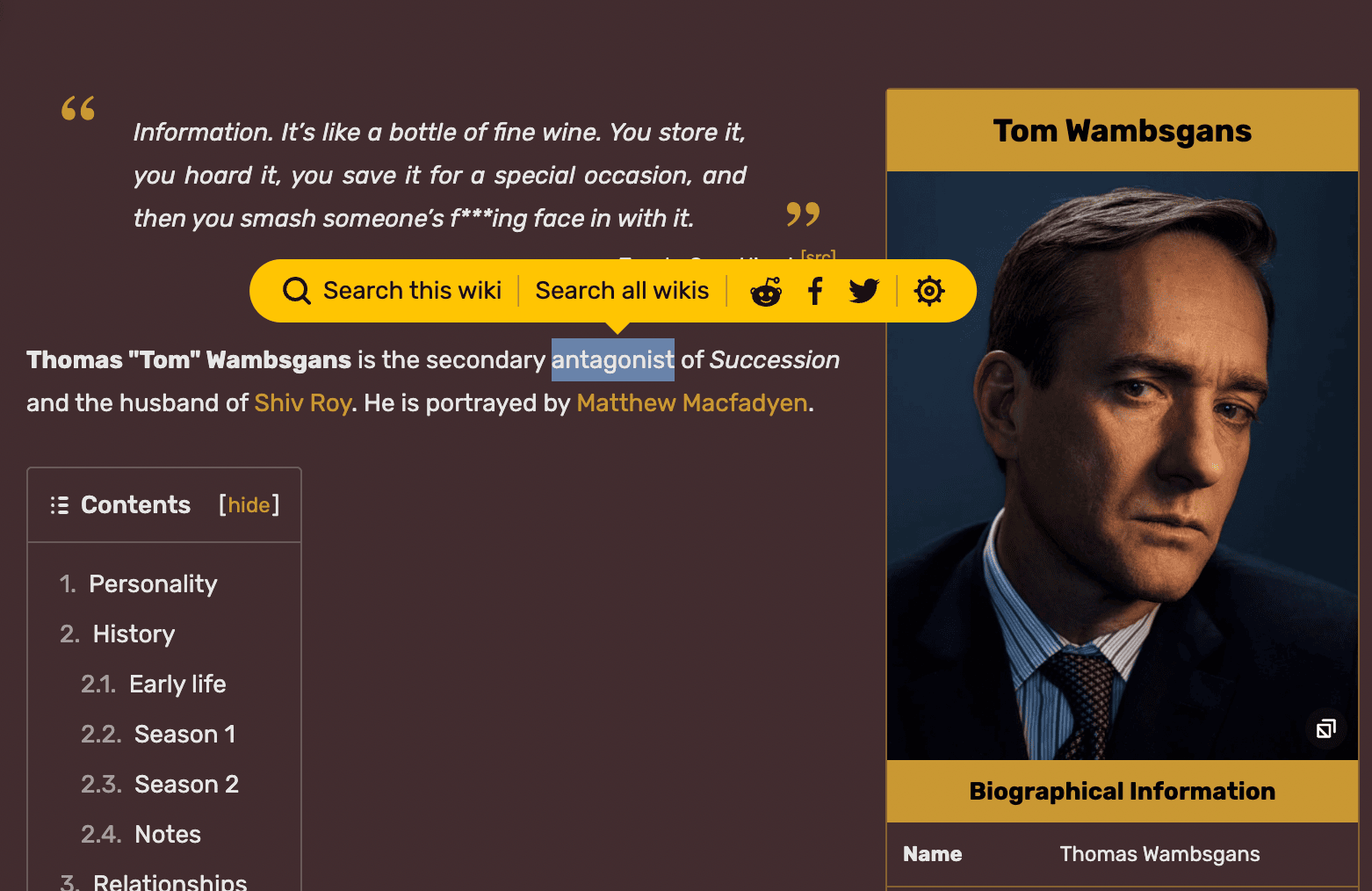
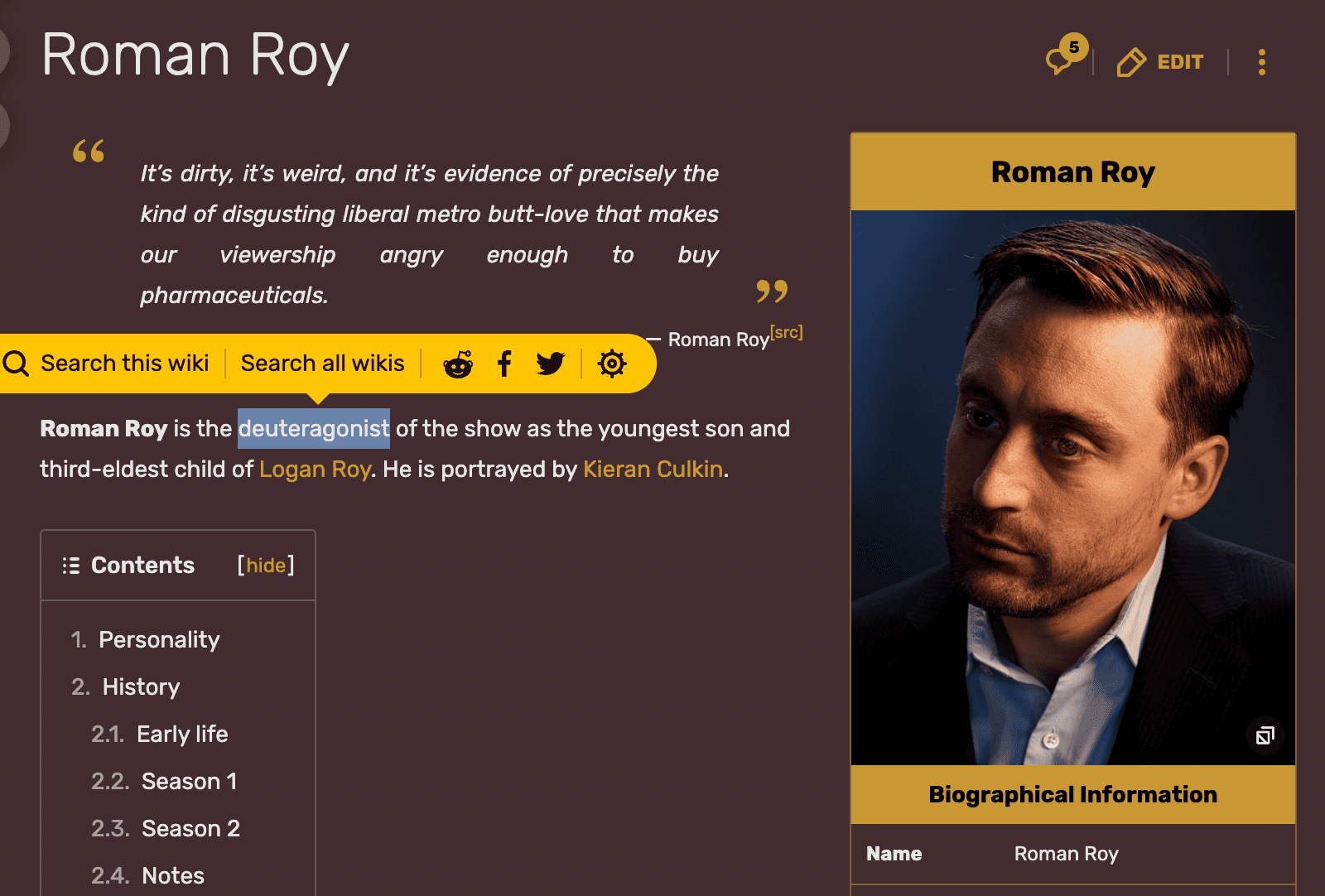
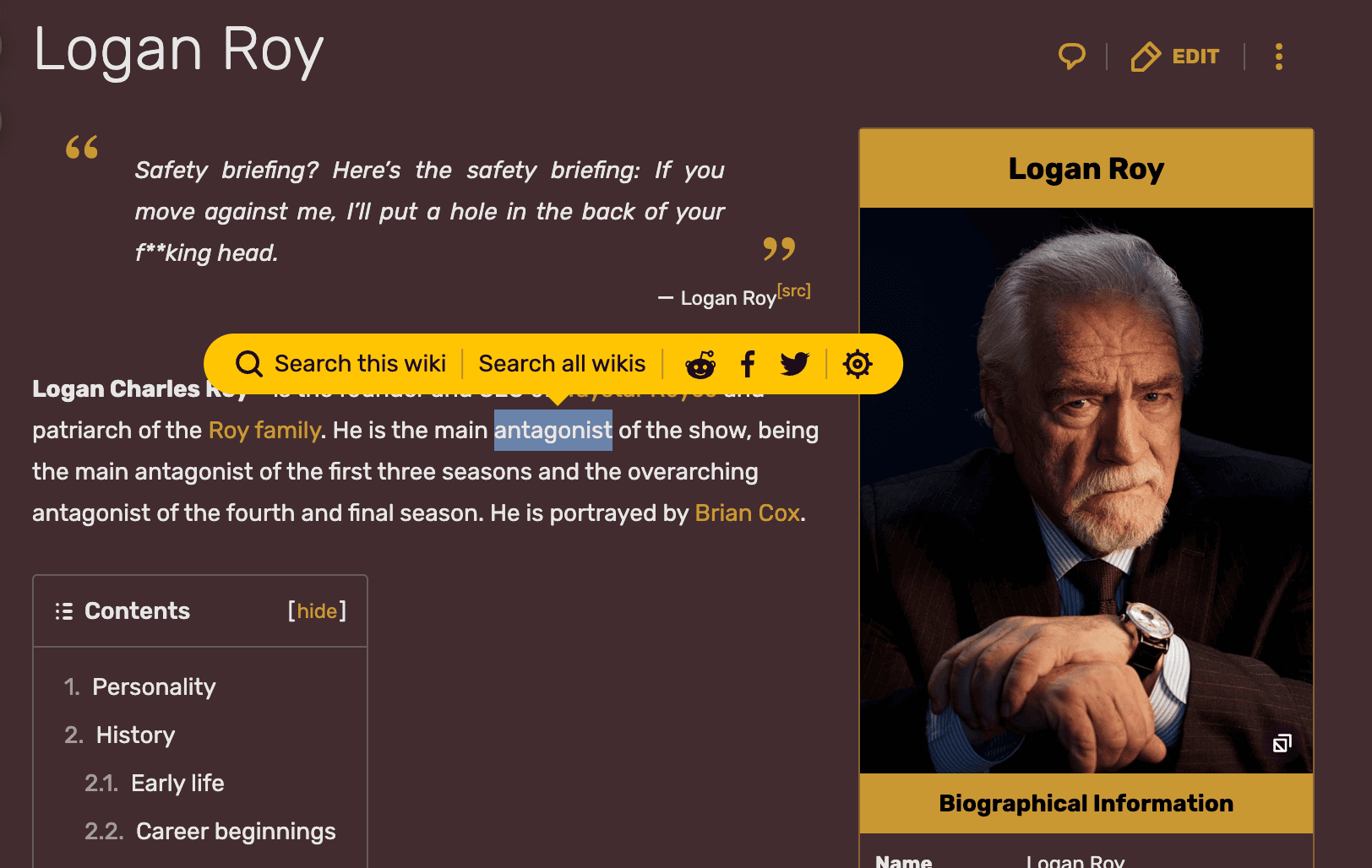
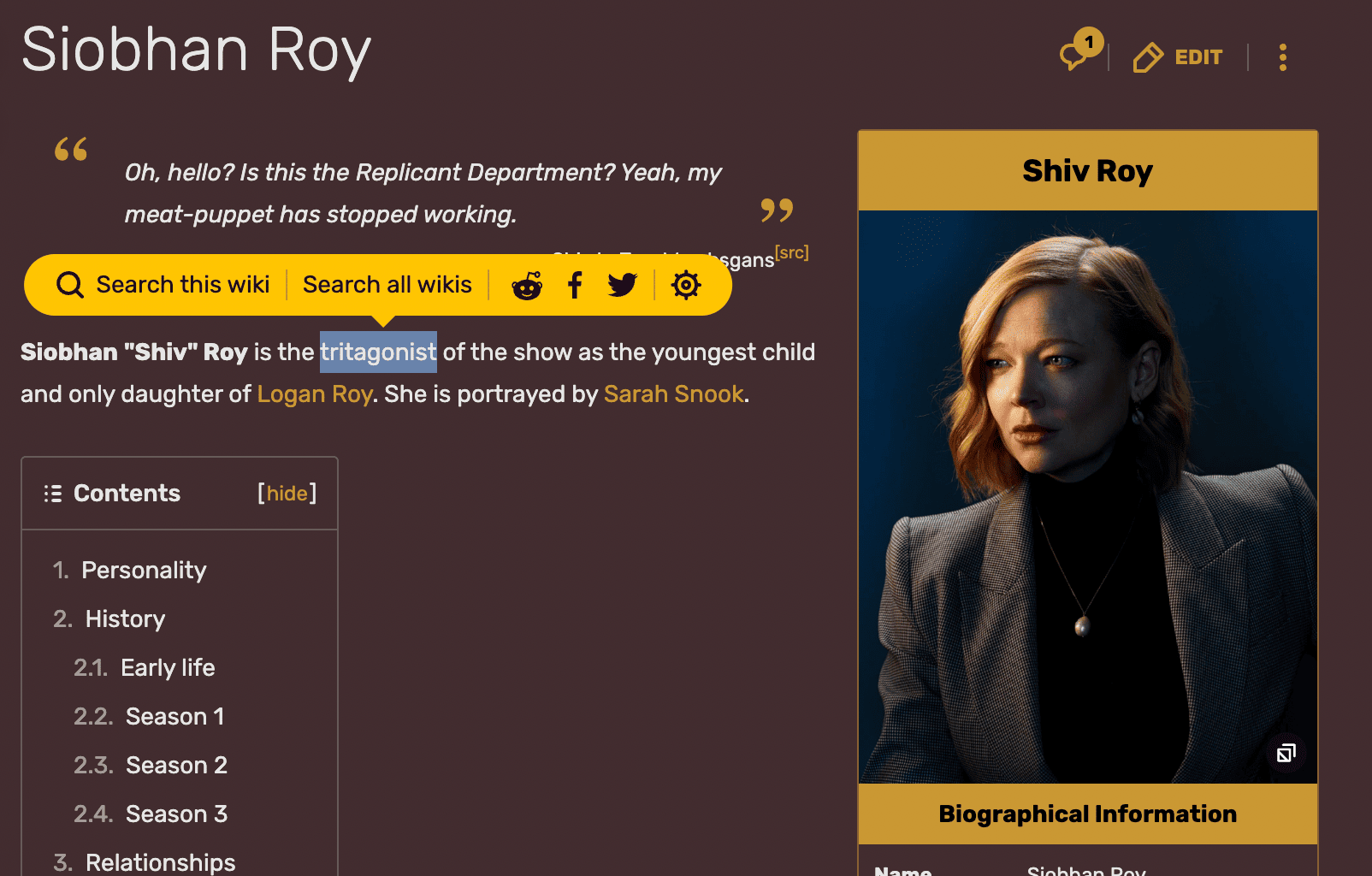
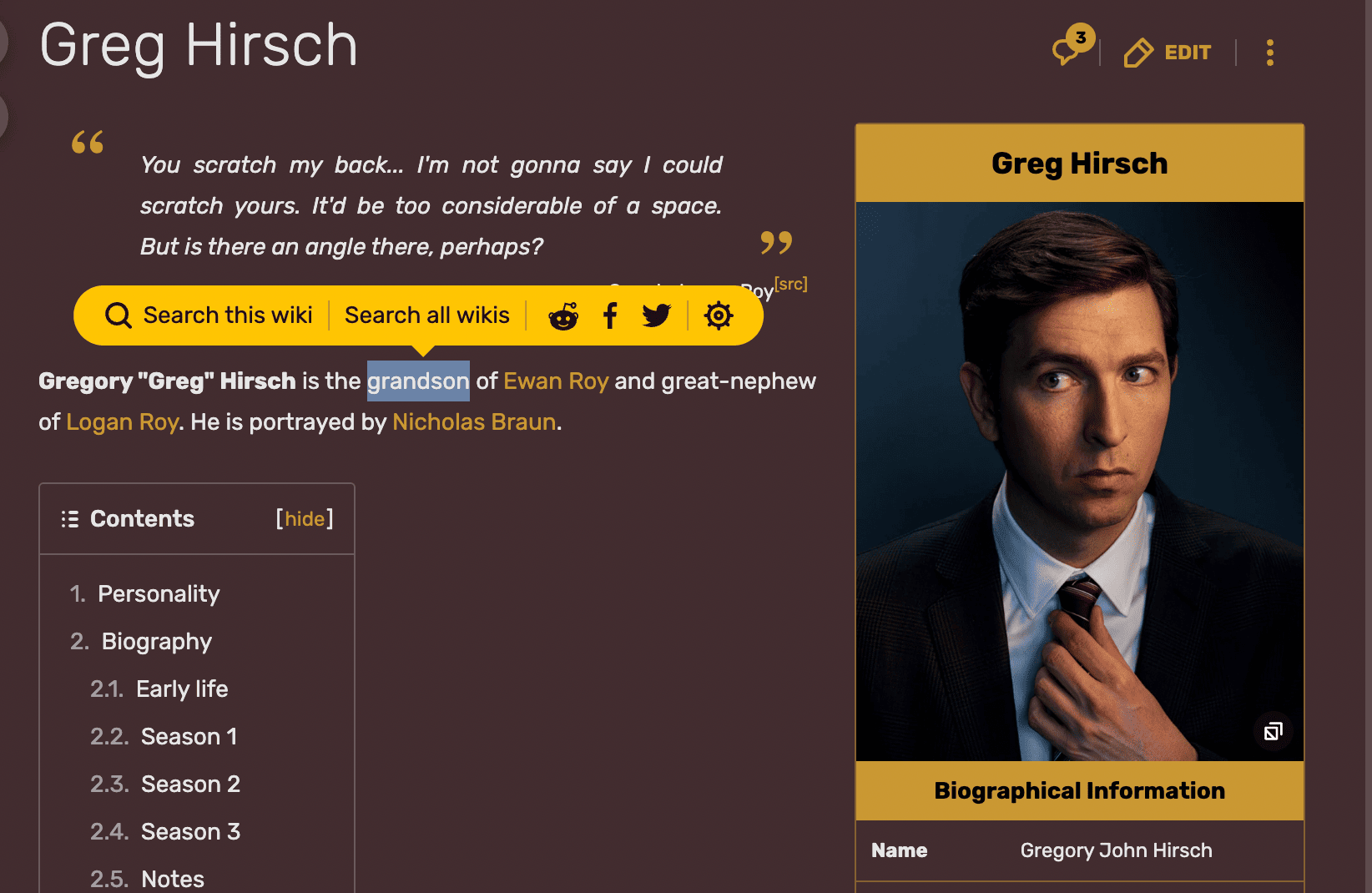

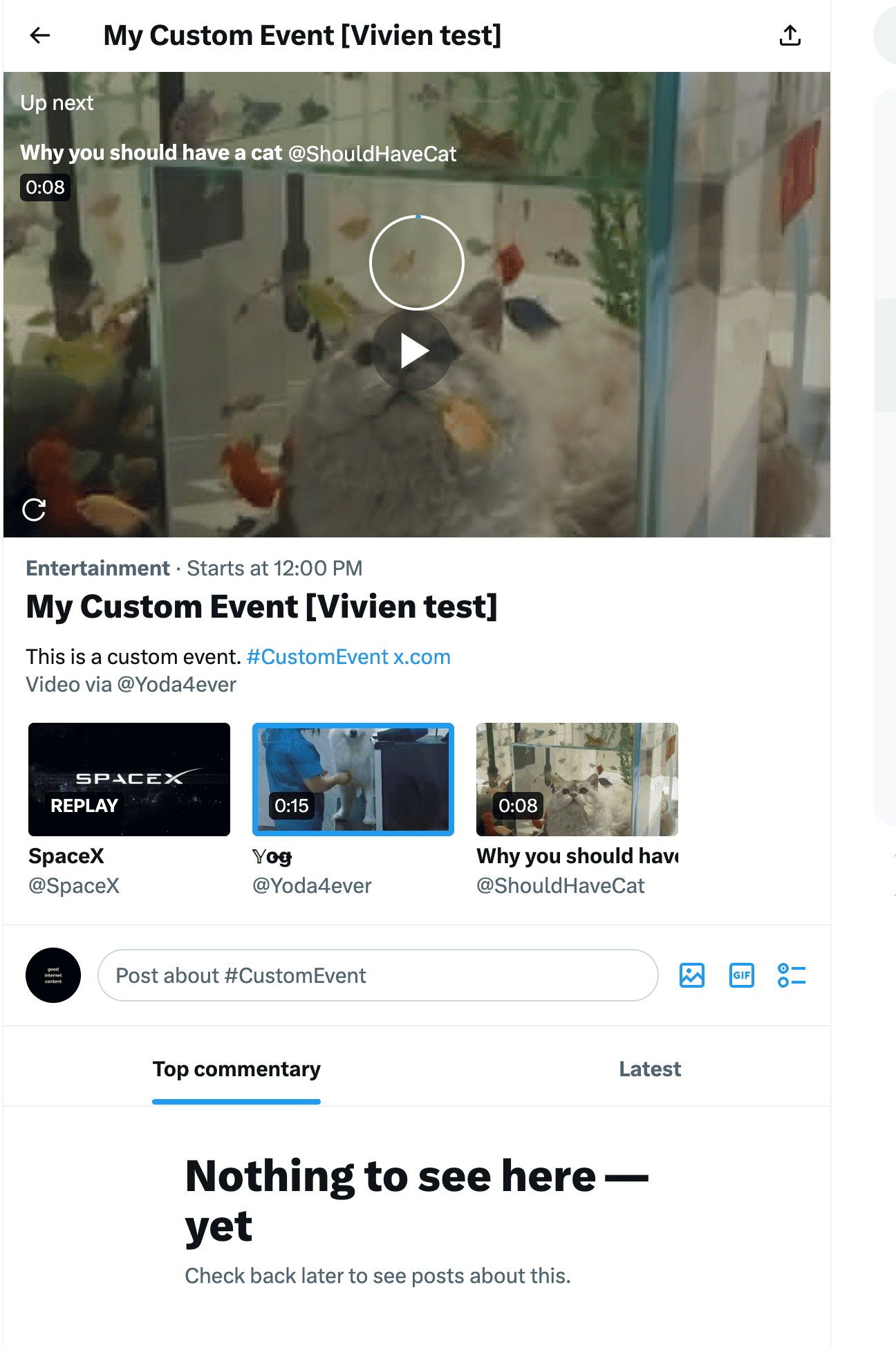
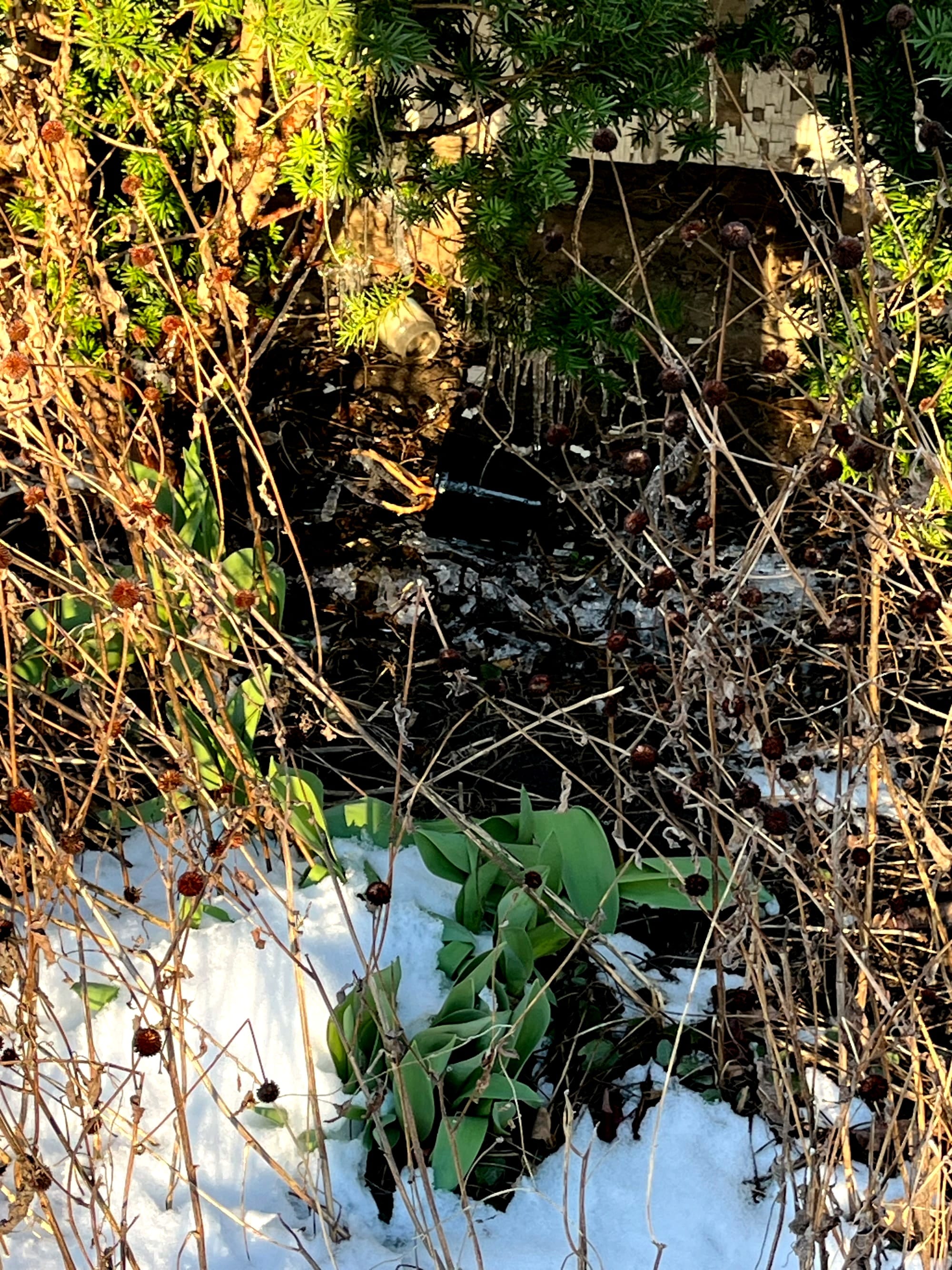
Music
Videos
- Paradox / Survive Said The Prophet VINLAND SAGA SEASON 2 Collaboration MV
- Water is Wet
- Donating $10,000 to Random Streamers!
- Fym rasengans don’t work on him? (Animated)
- Warrior LifeStyle in Season Of Discovery
- SUCCESSION Season 4 ENDING EXPLAINED - The Hints Were There In Season 1!
- How Did Jupiter Become The Largest Planet In The Solar System? | How The Universe Works
- Debunking DAVOS Conspiracies
- The Secret Infrastructure Beneath NYC - Cheddar Explains
- How NYC’s Sewage System Treats 1.3 Billion Gallons Of Wastewater - NYC Revealed
- GOODBYE | Hunter X Hunter Ep 147 REACTION & REVIEW!!
- when the shit is so bad you gotta get naked
- Phantom troupe corpse are fake
- The Internet Needs to Change
- Mr. Boombastic Official Music Video - Biggie Cheese
- WOOD APPLE - I finally found a good one and it tastes... special.
- AI vs Artists - The Biggest Art Heist in History
- TOOTHBRUSH GANGSTA'S PARADISE | AI COVER |
- The Weeknd Before Fame!
- how old did you say you were?
Code
Commits
Tweets
pic.twitter.com/Iil3BgcSvR https://t.co/Mdaq92u4VB
— ponyboy (@ponyboooooy) March 20, 2024
0:29 is why LeBron is the funniest athlete alive pic.twitter.com/kMK44cIDvO
— Lakers Lead (@LakersLead) March 20, 2024
A head of the sexuals 😭 https://t.co/CZQUHl0di3 pic.twitter.com/doN62jx9fJ
— B-Nard ● (@IshaboiBrandon) March 19, 2024
i think you have schizophrenia https://t.co/lQFDpjpz7X
— juju 💰 (@ayeejuju) March 19, 2024
No idea how she was able to keep a straight face pic.twitter.com/QoBVZYIuRm
— Historic Vids (@historyinmemes) March 19, 2024
— luna (@ImLunaHey) March 20, 2024
date: so… you just adopted 3 chipmunks as your children?
— Andrew Nadeau (@TheAndrewNadeau) March 20, 2024
dave seville: no, no that’d be crazy. I’m also their band manager
Kendrick has multiple classic albums, platinum albums, 17 Grammys and a Pulitzer Prize, etc…
— Pretty Thanos (@LamarMF) March 22, 2024
…but he’s still doing calisthenics in a park listening to oldies. You don’t want issues with someone like that lol. pic.twitter.com/ZncJVyIo2W
Good morning. pic.twitter.com/FJlkvlLFrx
— HIDEO_KOJIMA (@HIDEO_KOJIMA_EN) March 25, 2024
got too high last night and accidentally made a masterpiece pic.twitter.com/BQtkNcpXZ5
— soul nate (@MNateShyamalan) March 27, 2024
https://t.co/3QyPhJMDrV pic.twitter.com/65xyfhgS3h
— John Halo (@EpicMasterChief) March 28, 2024
